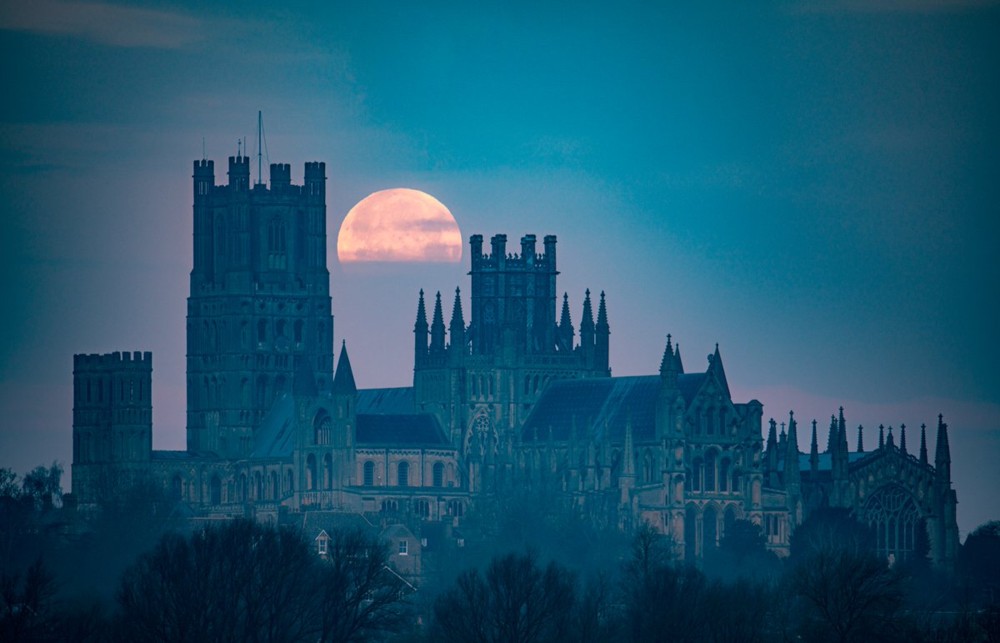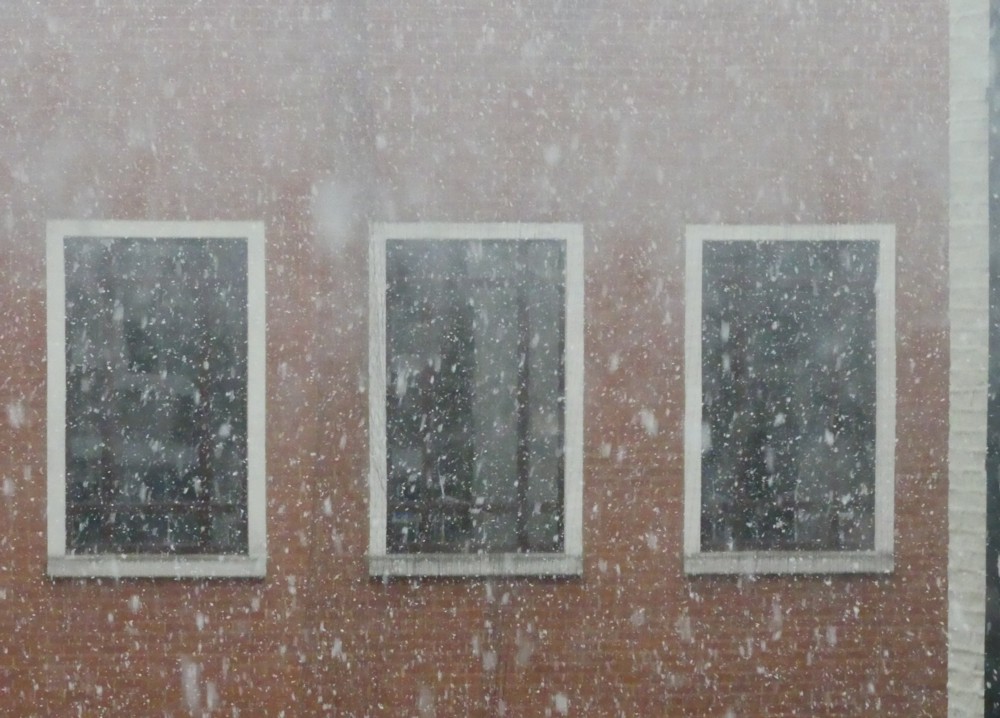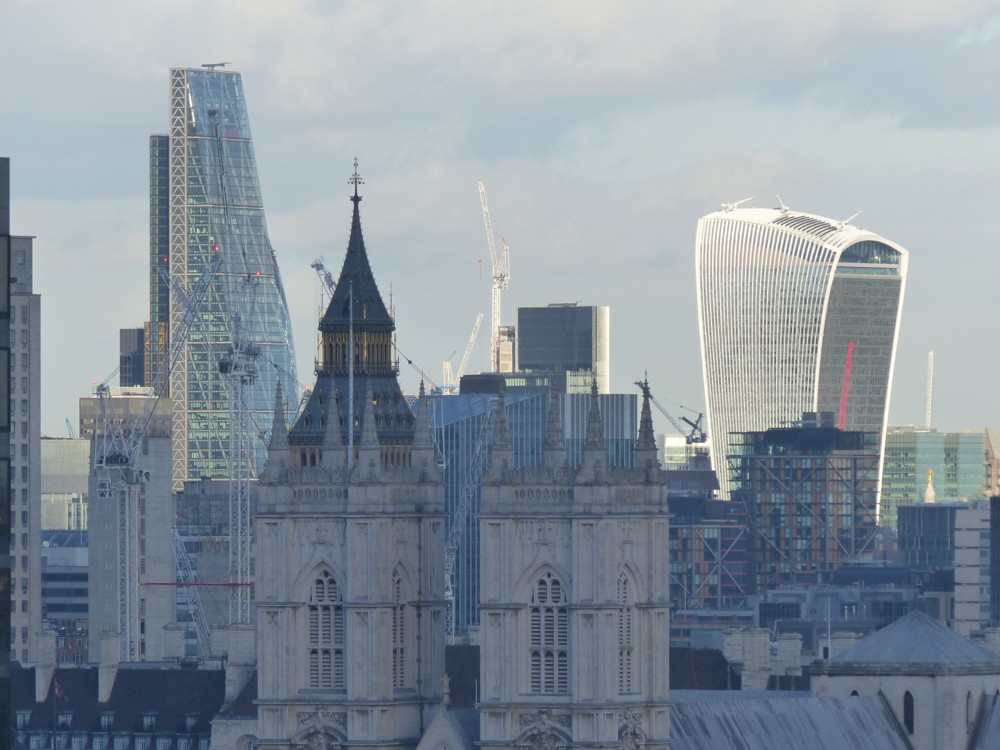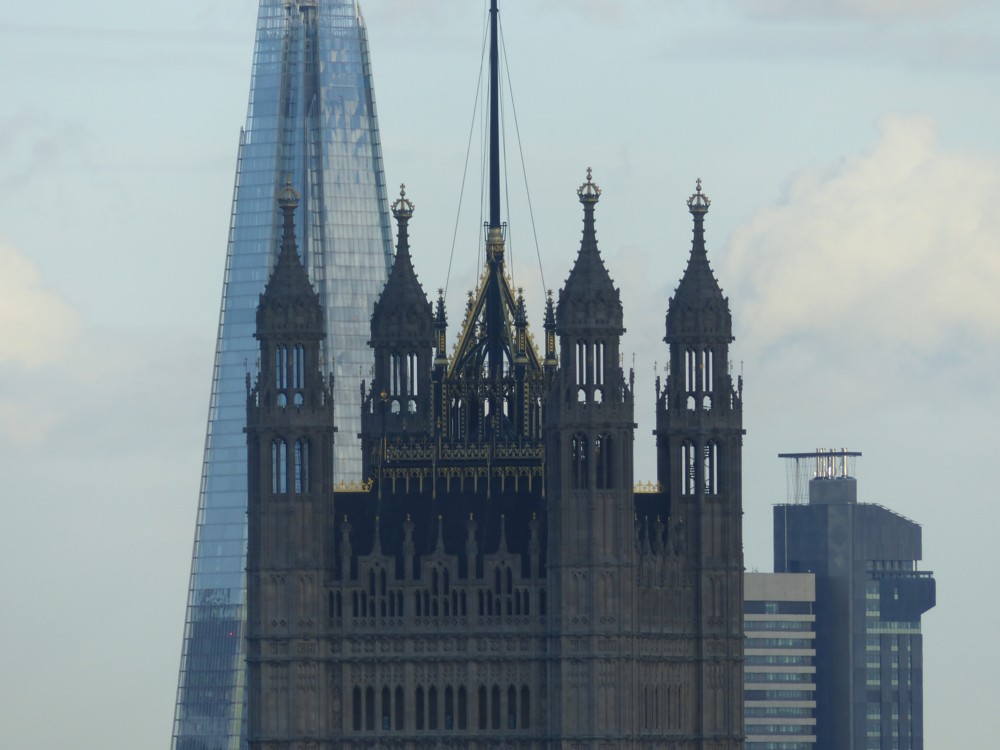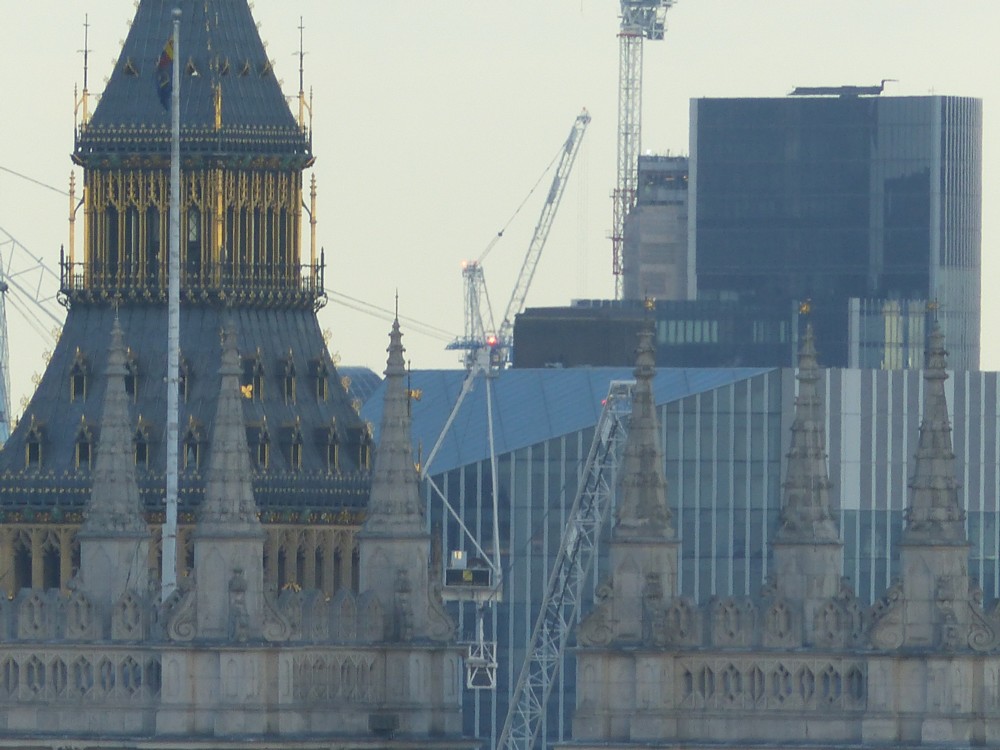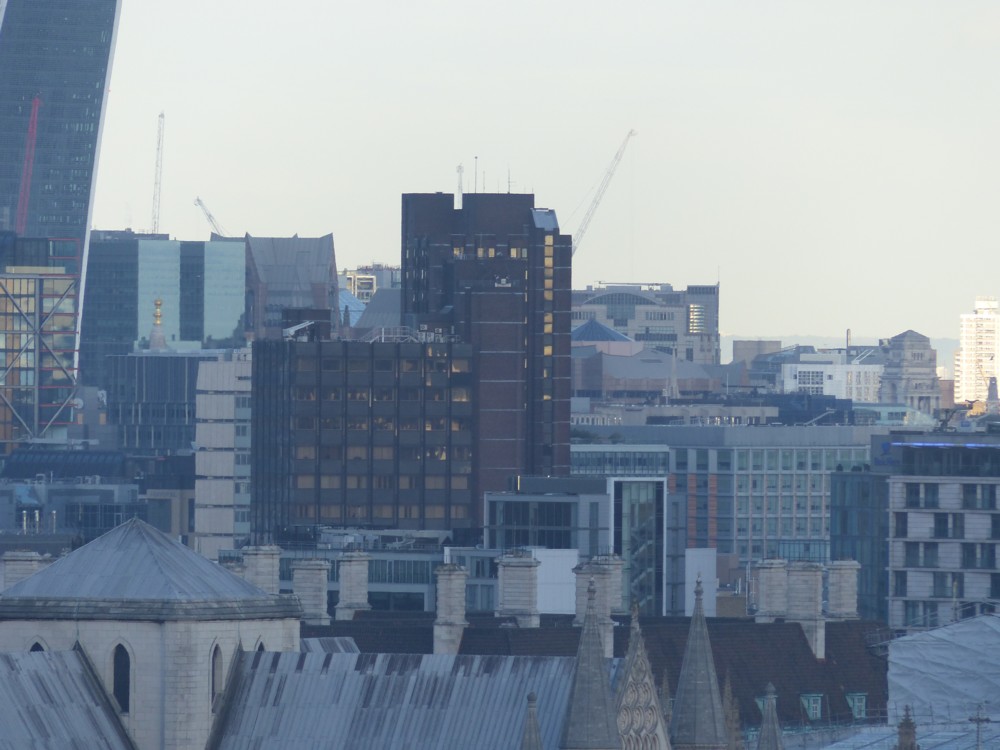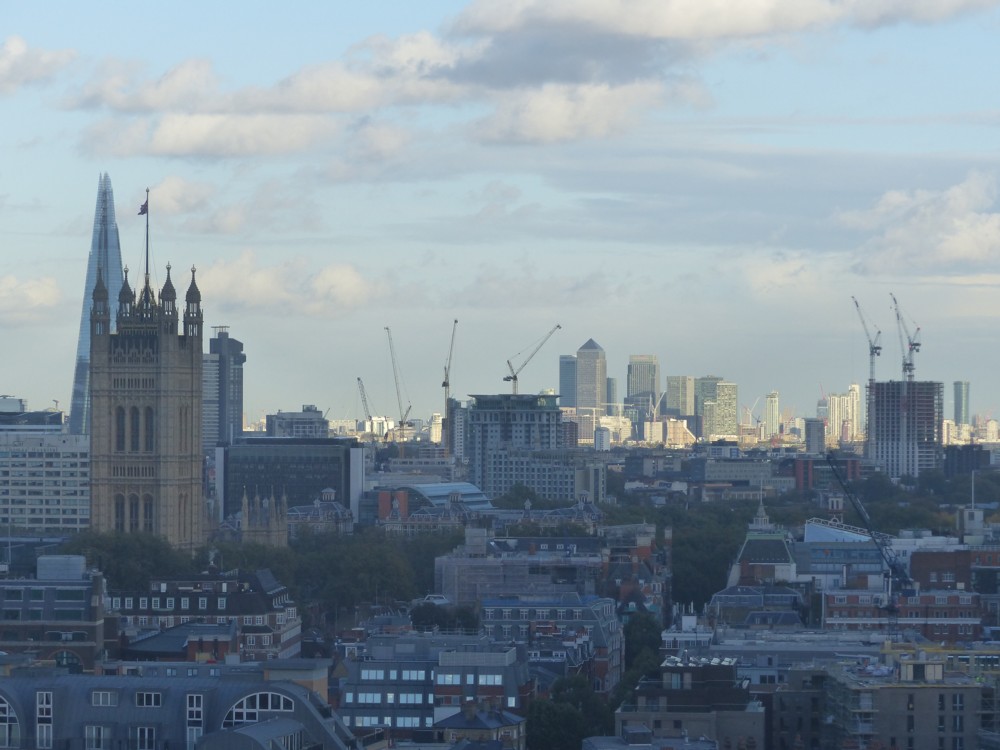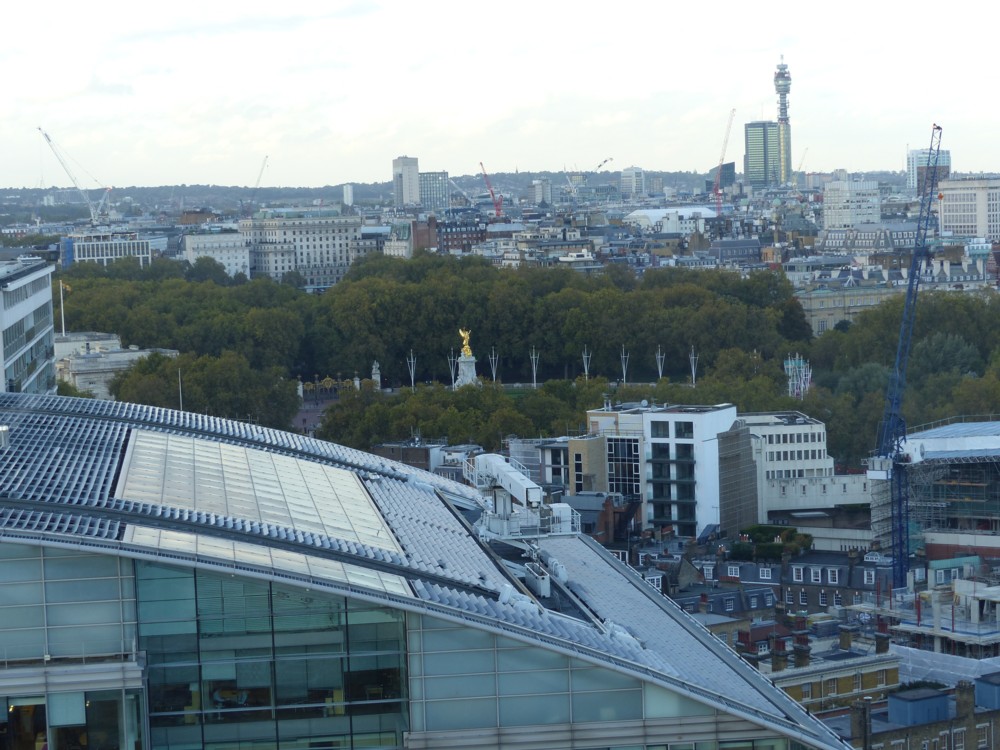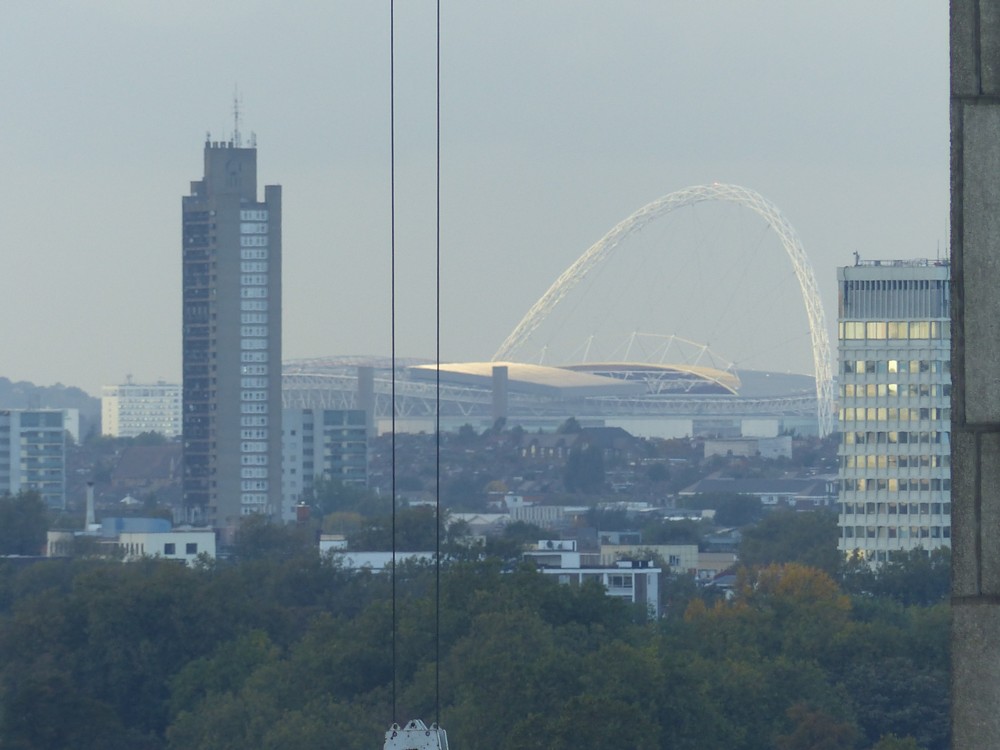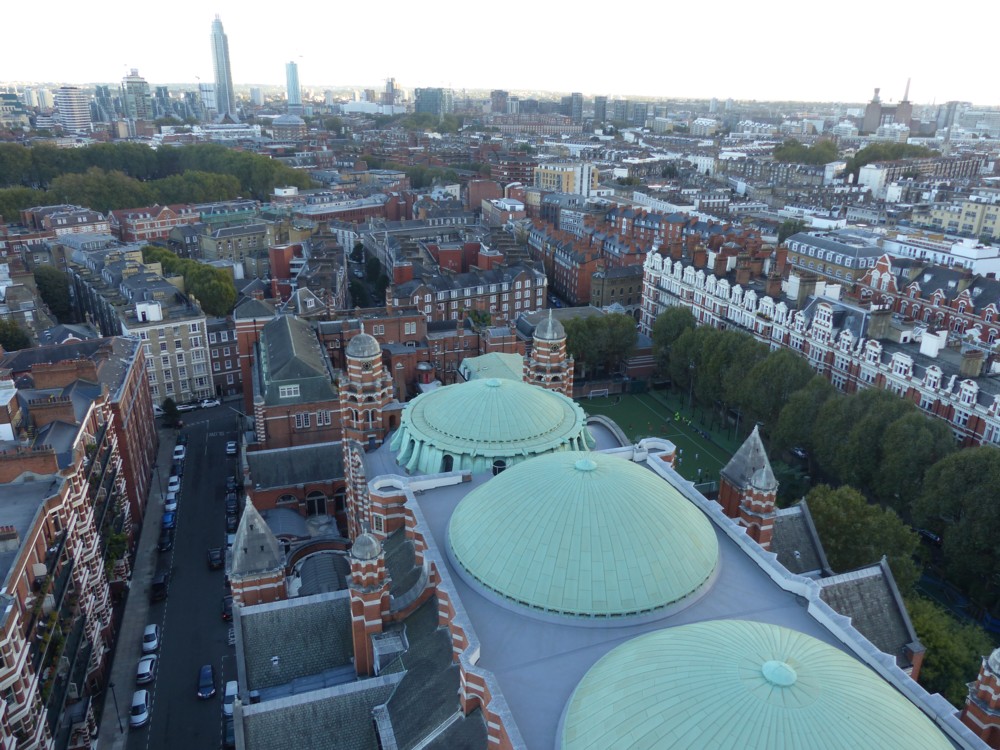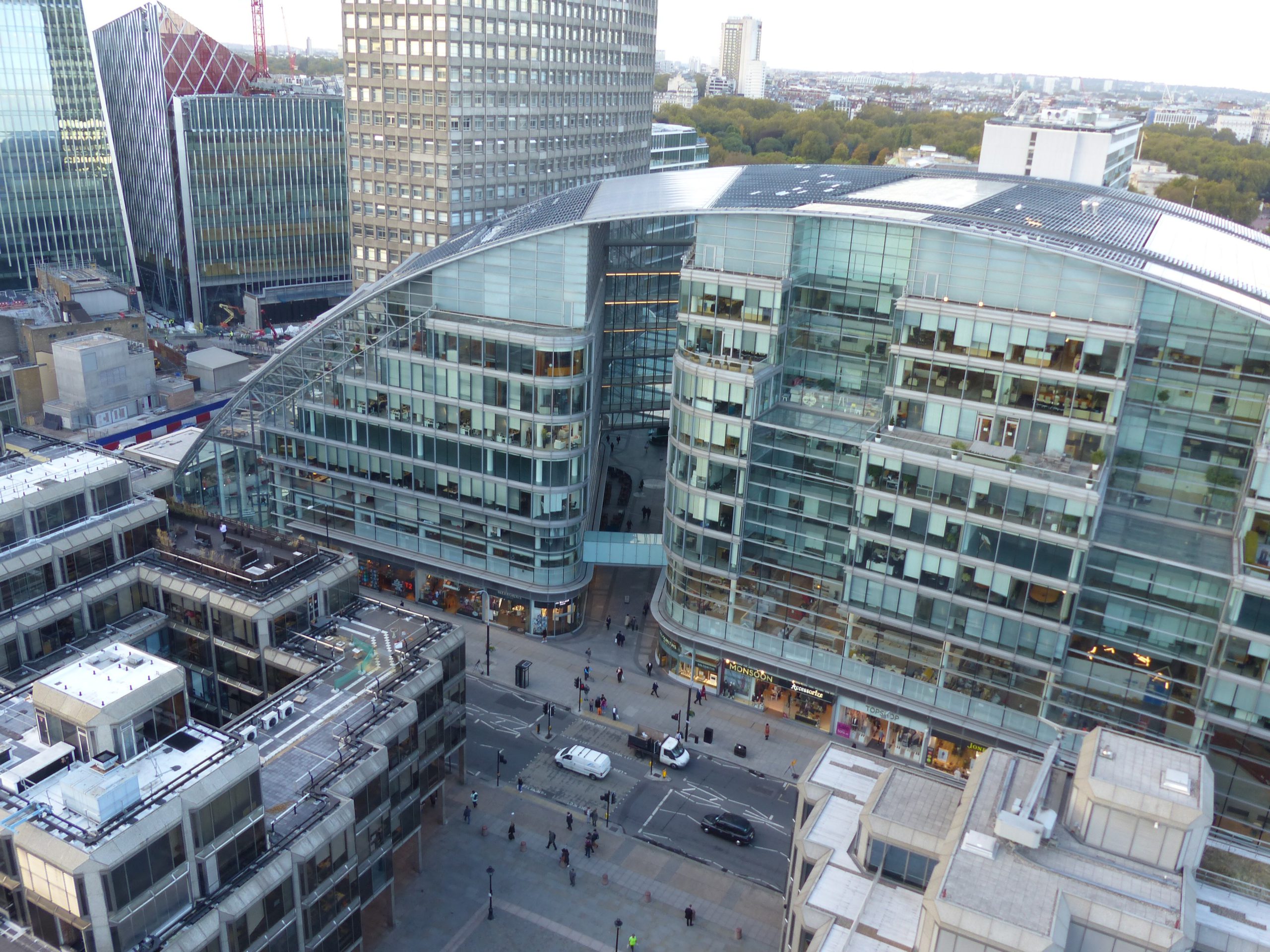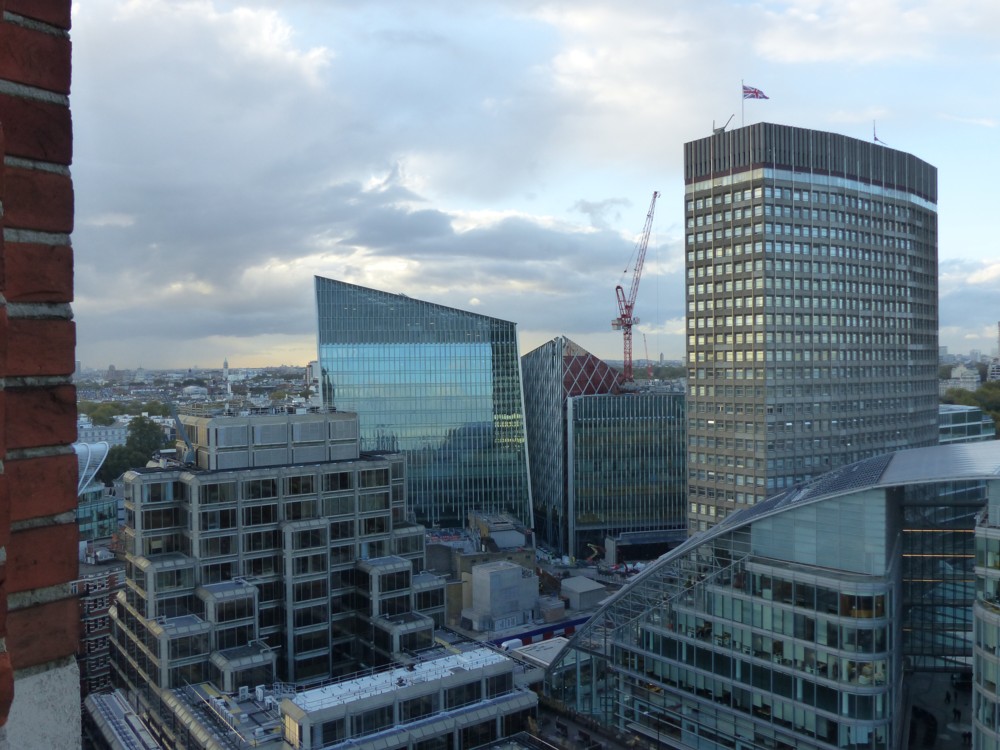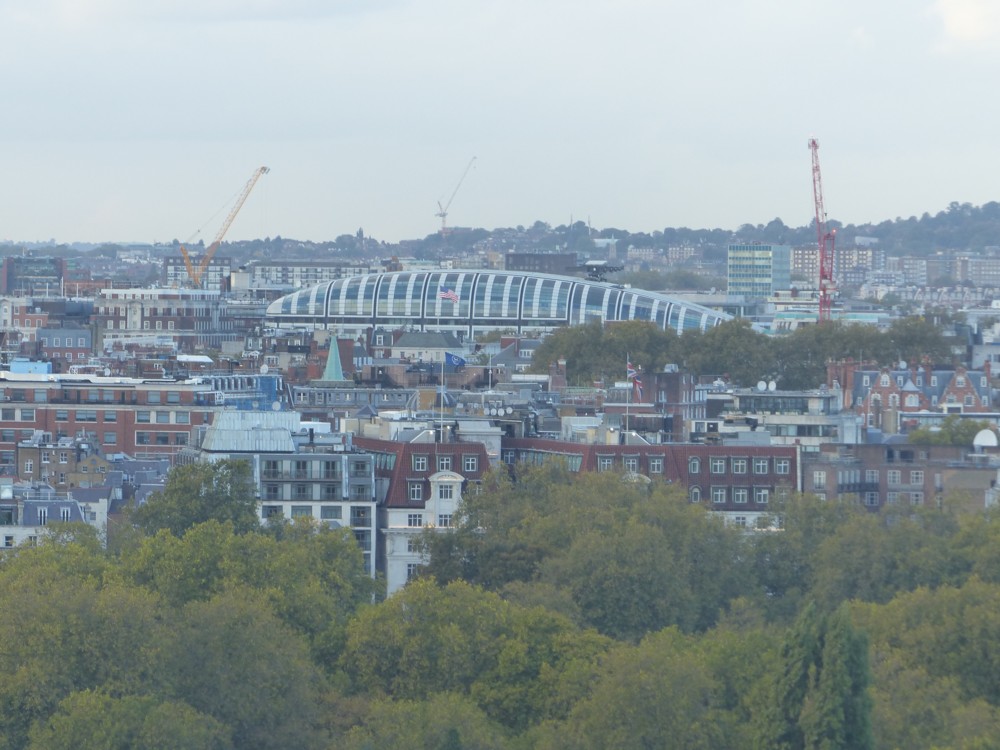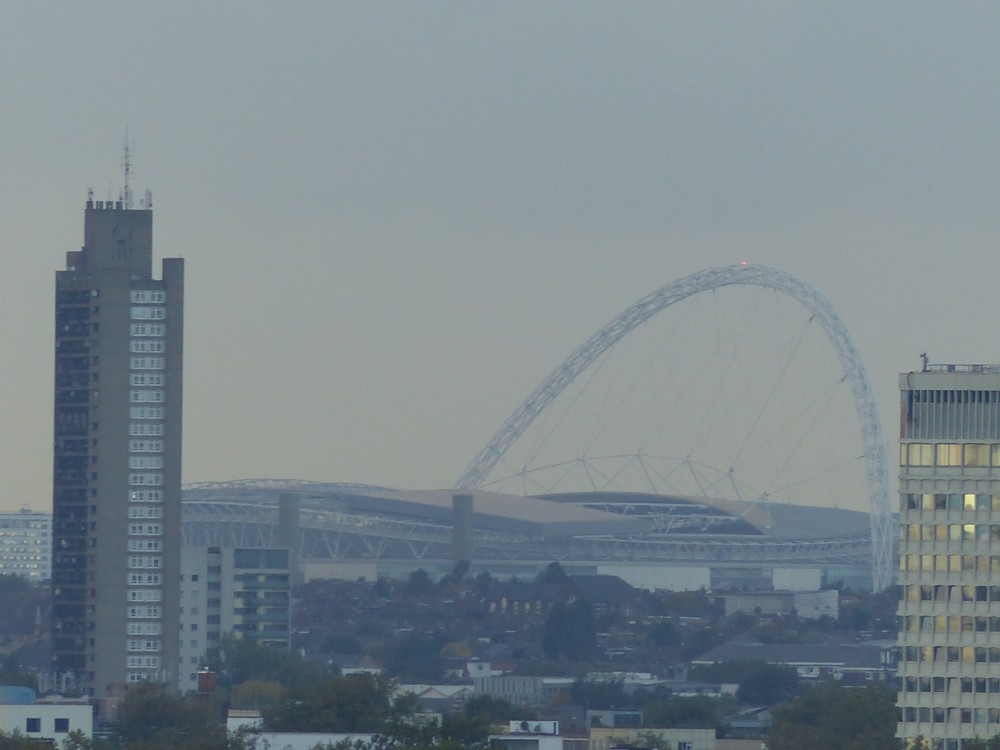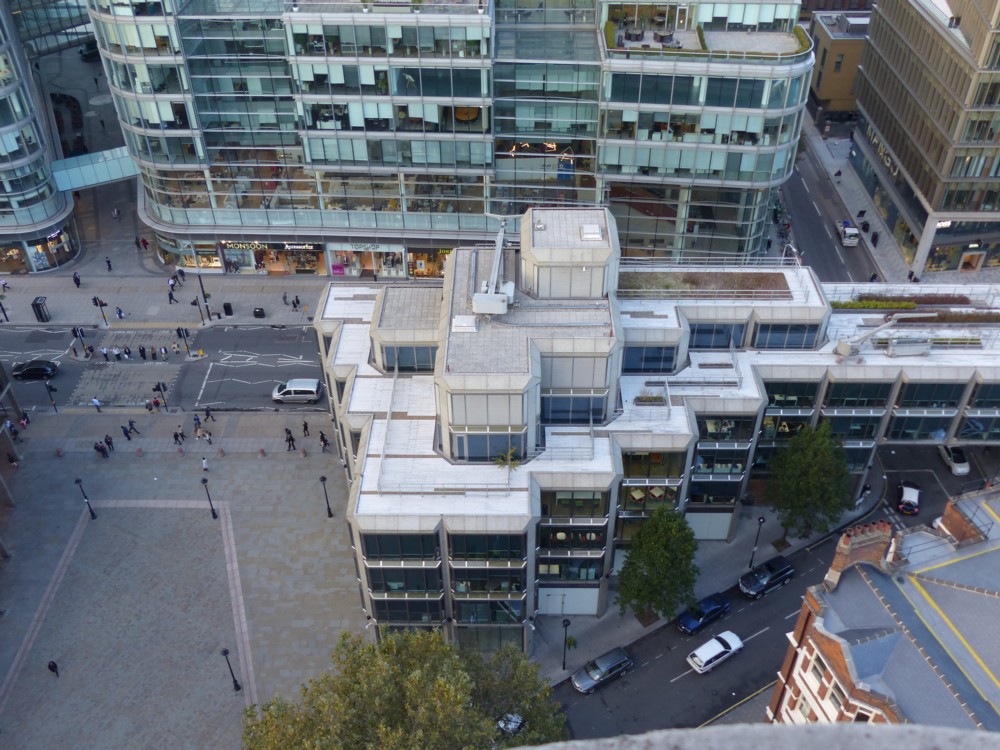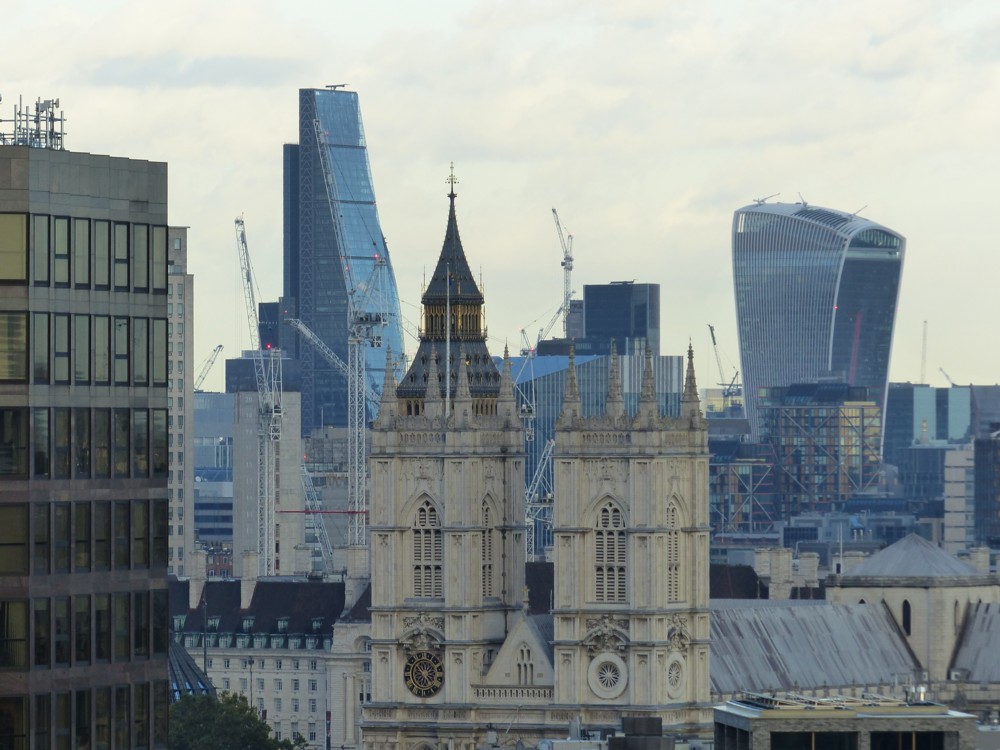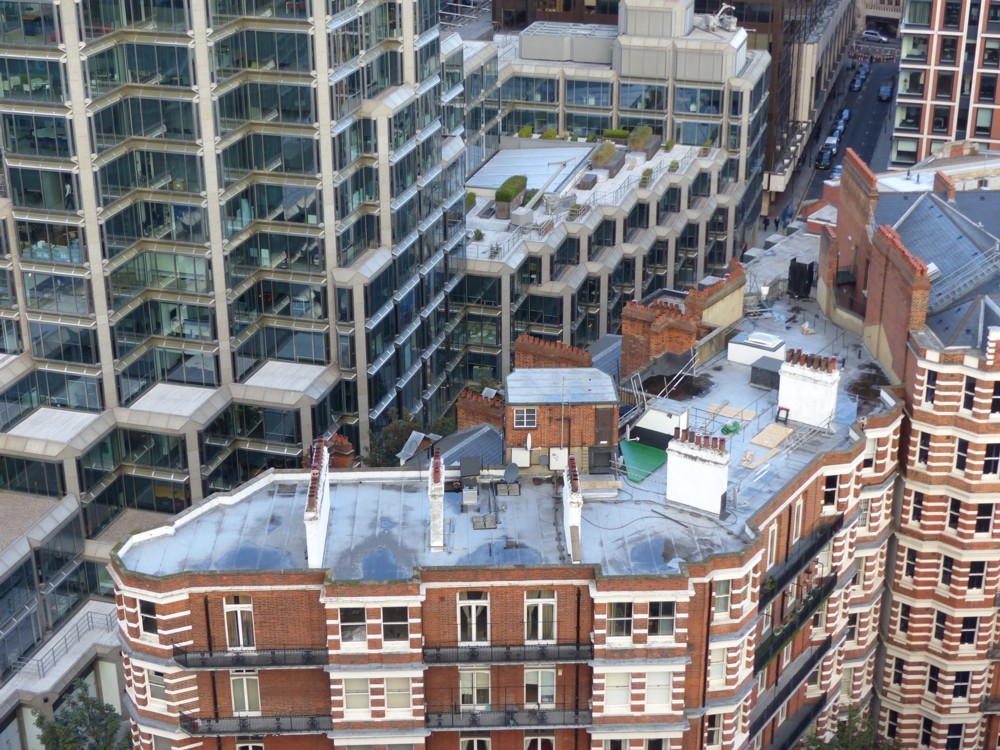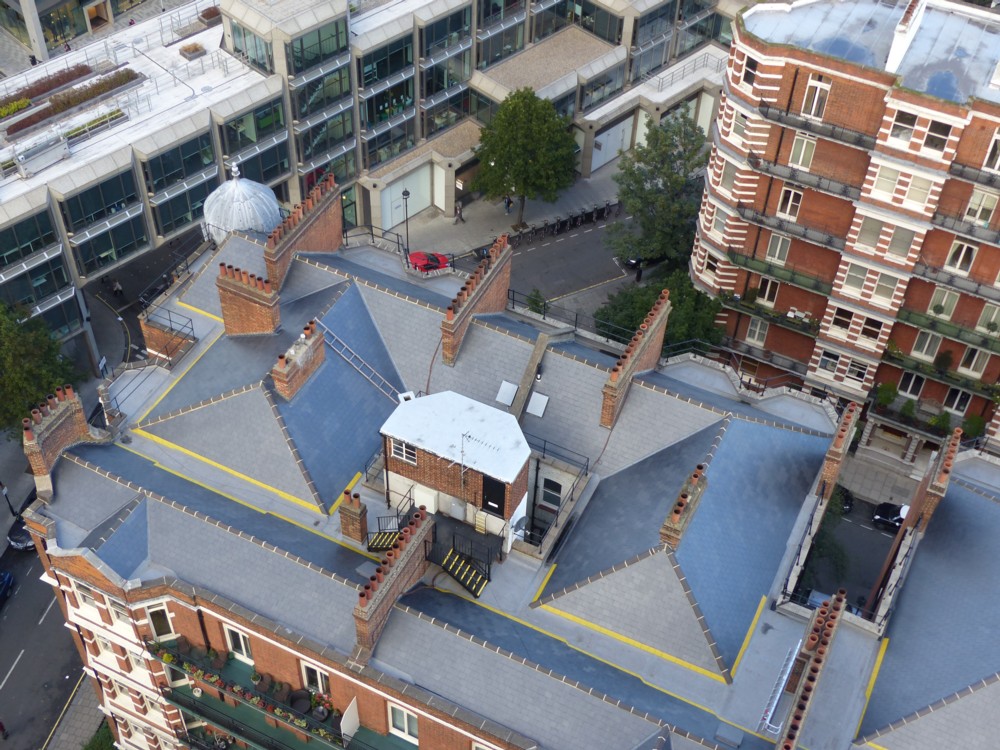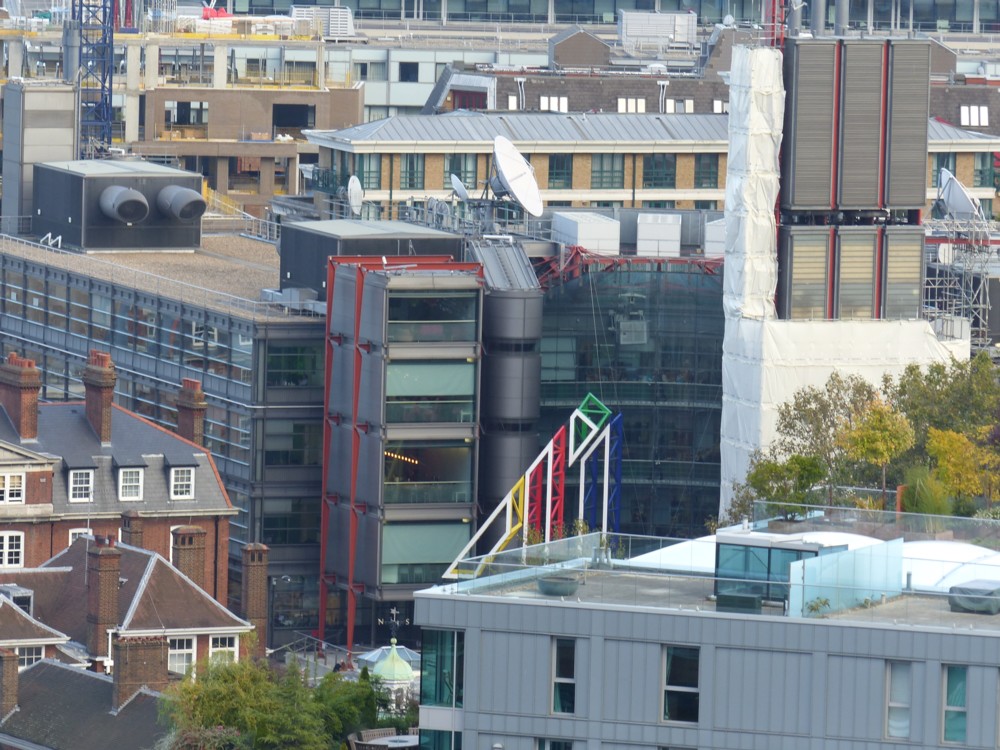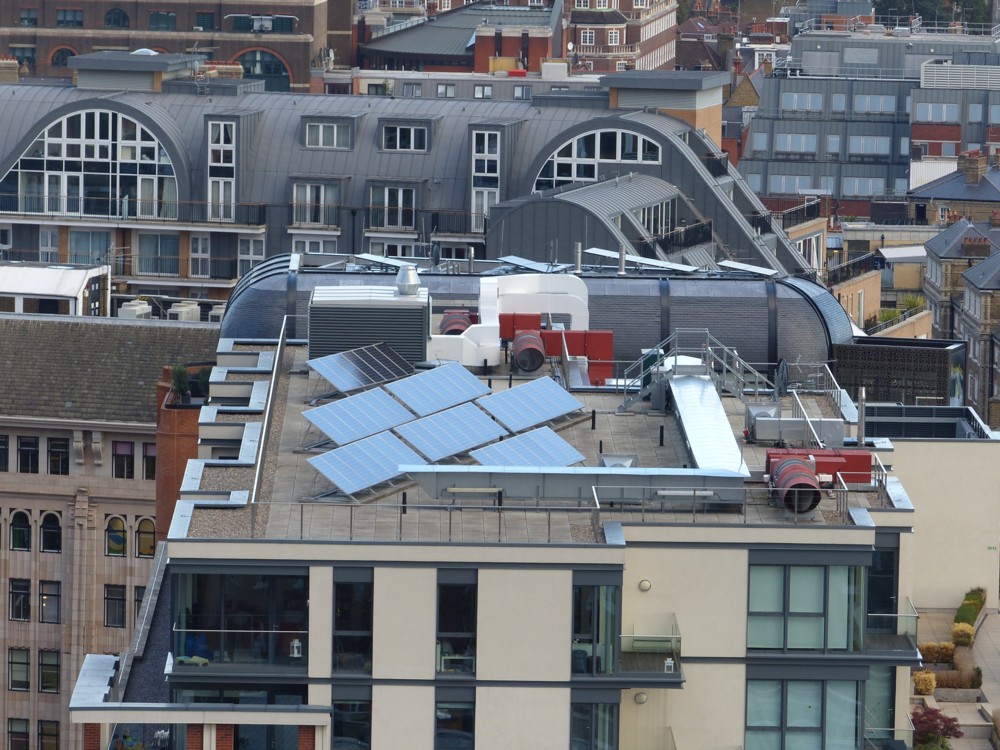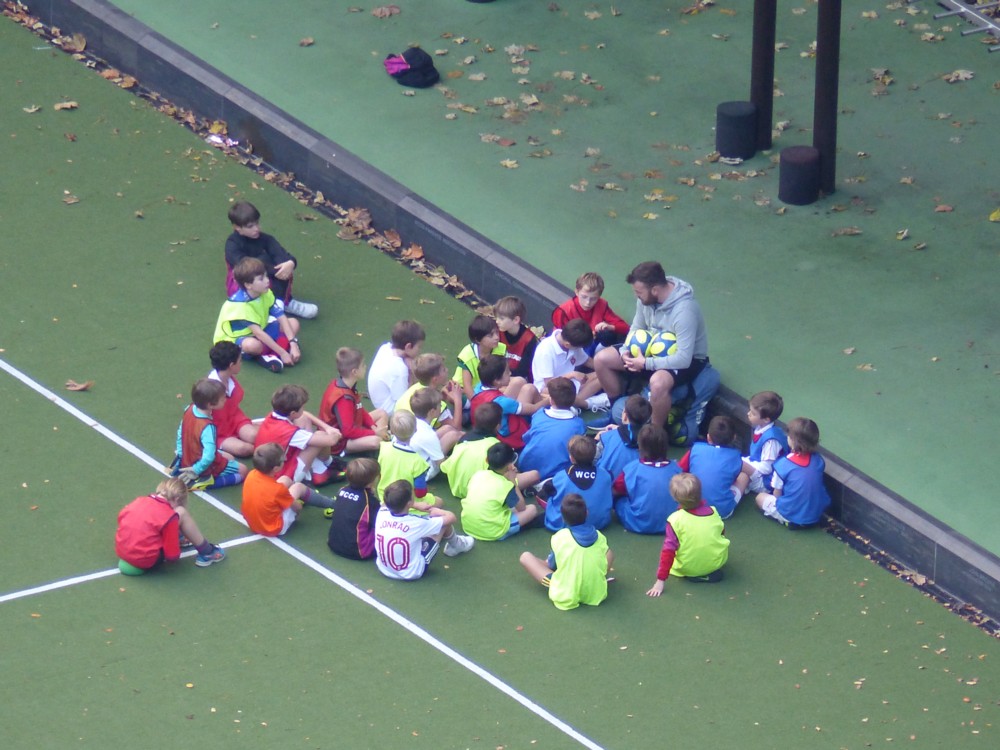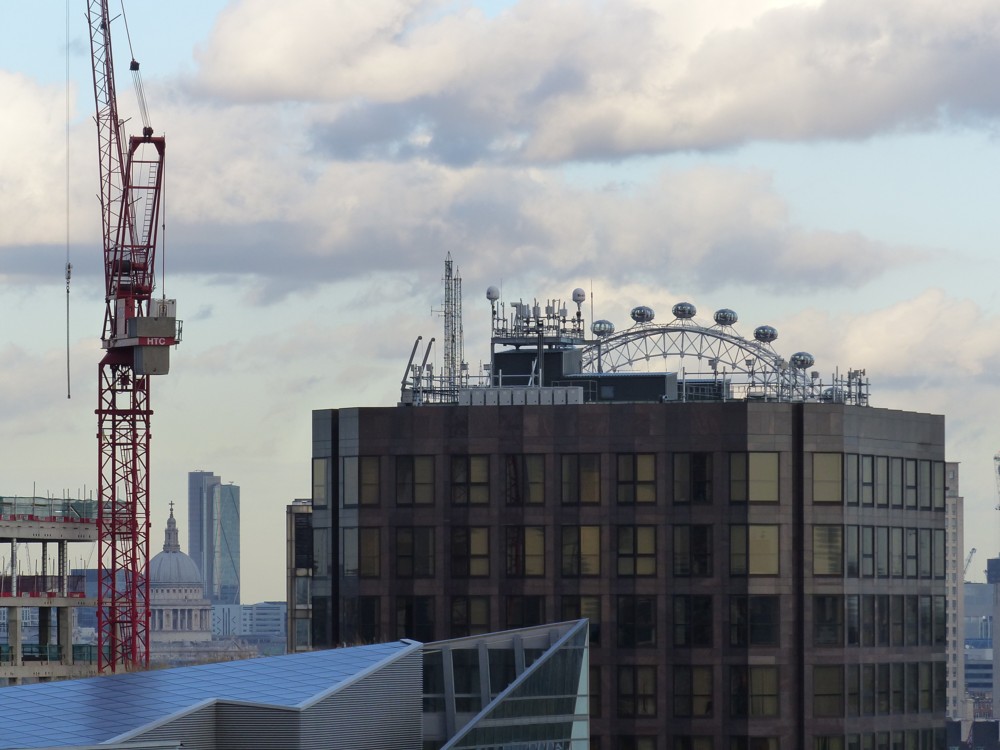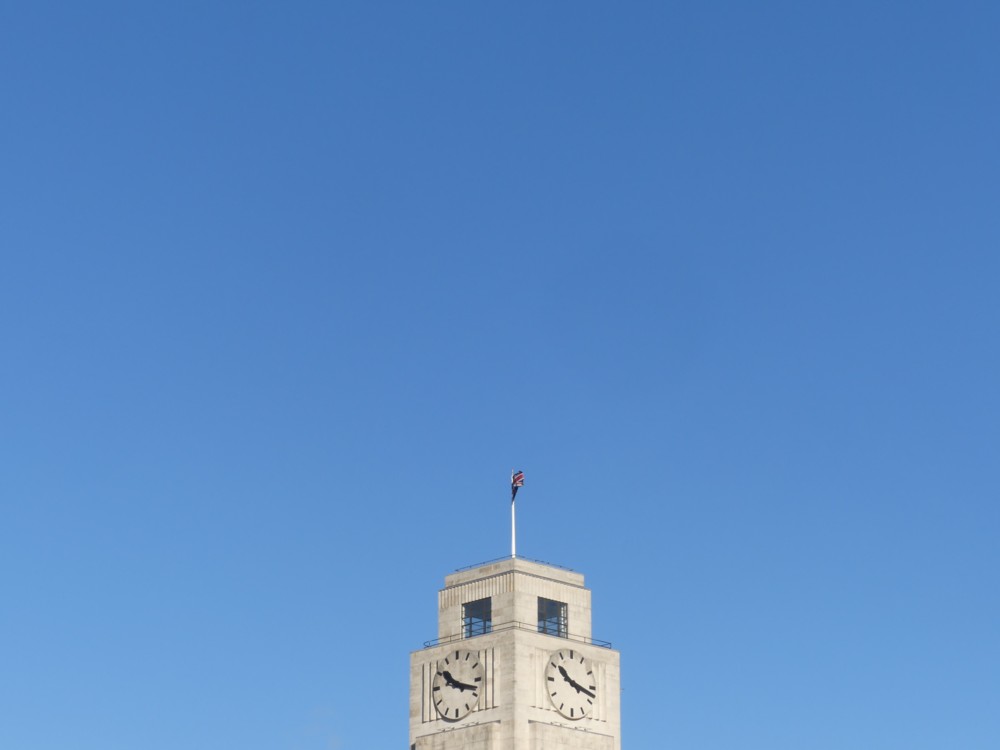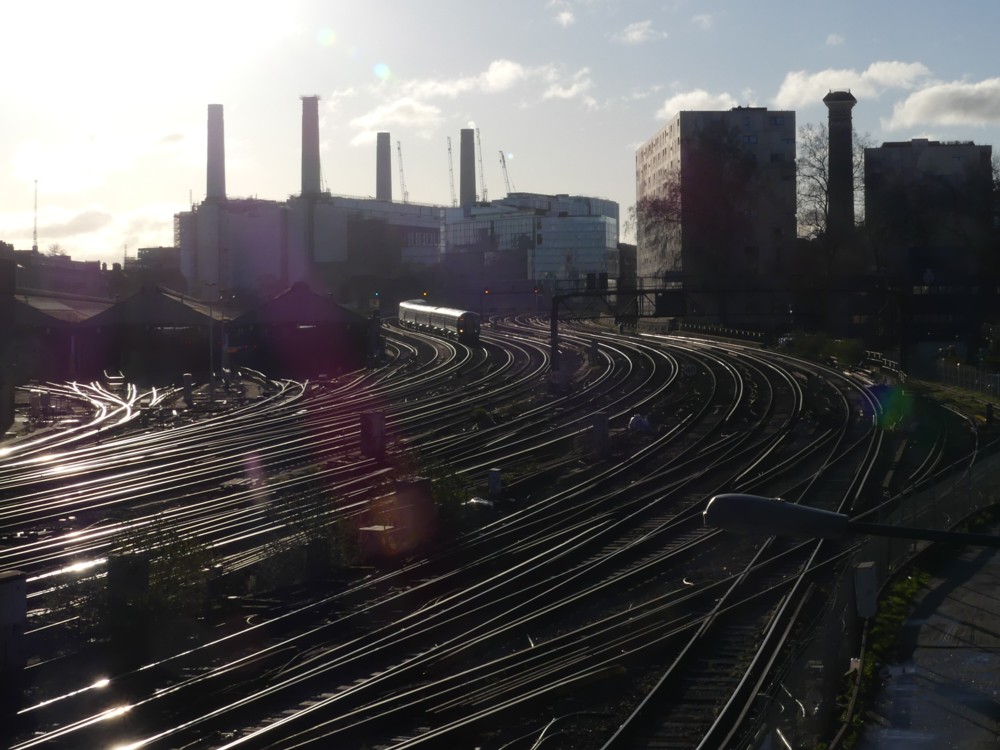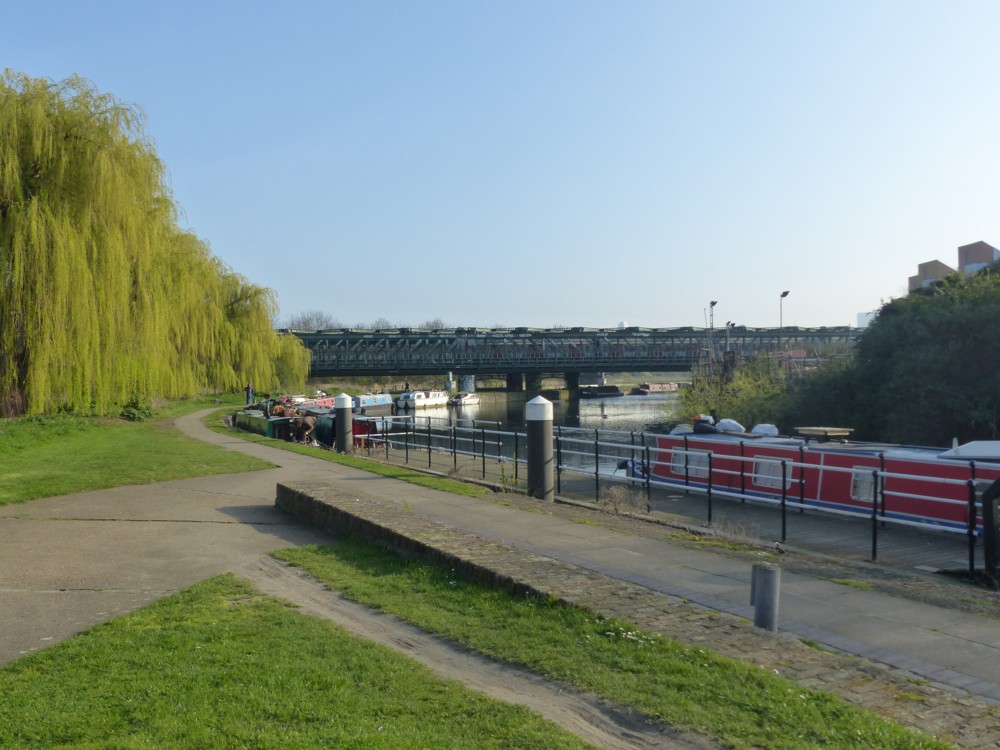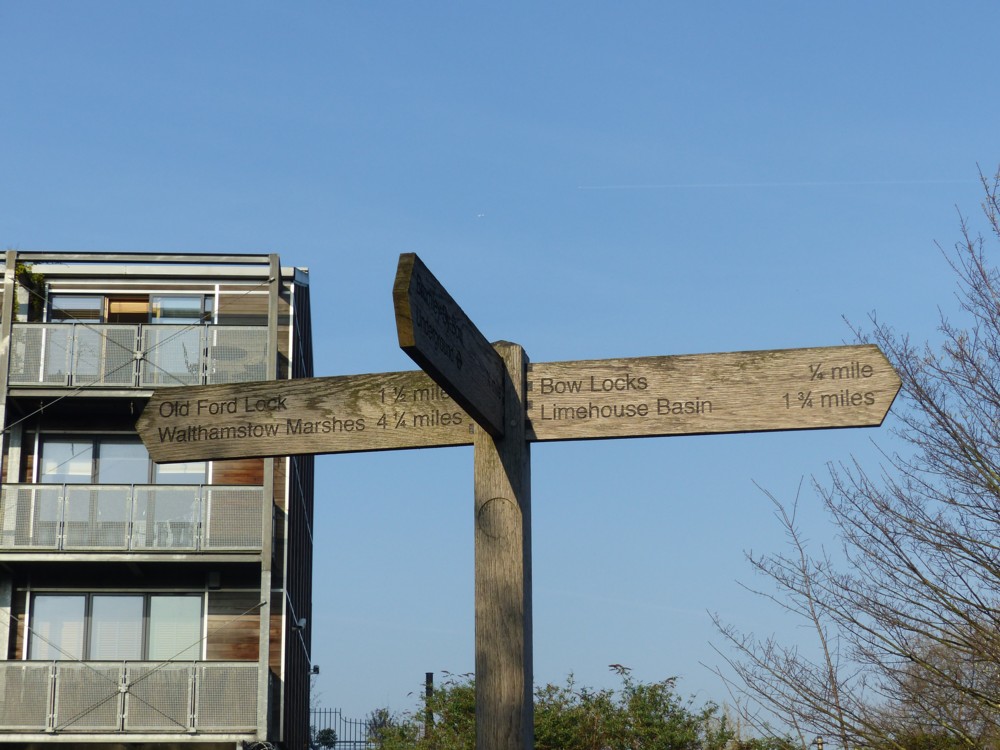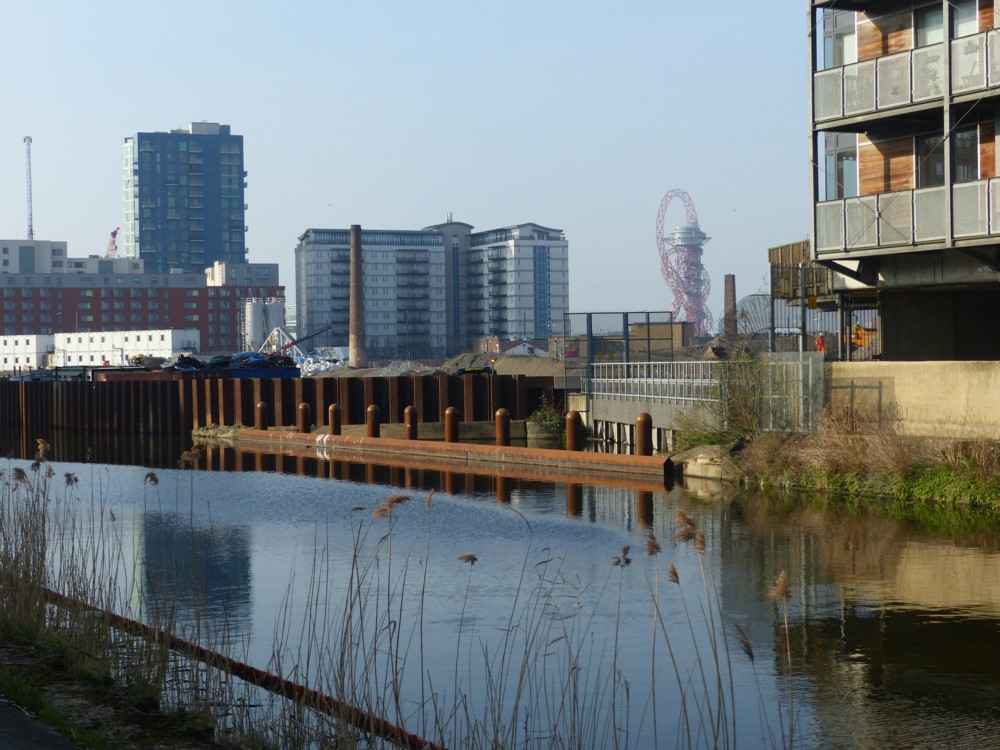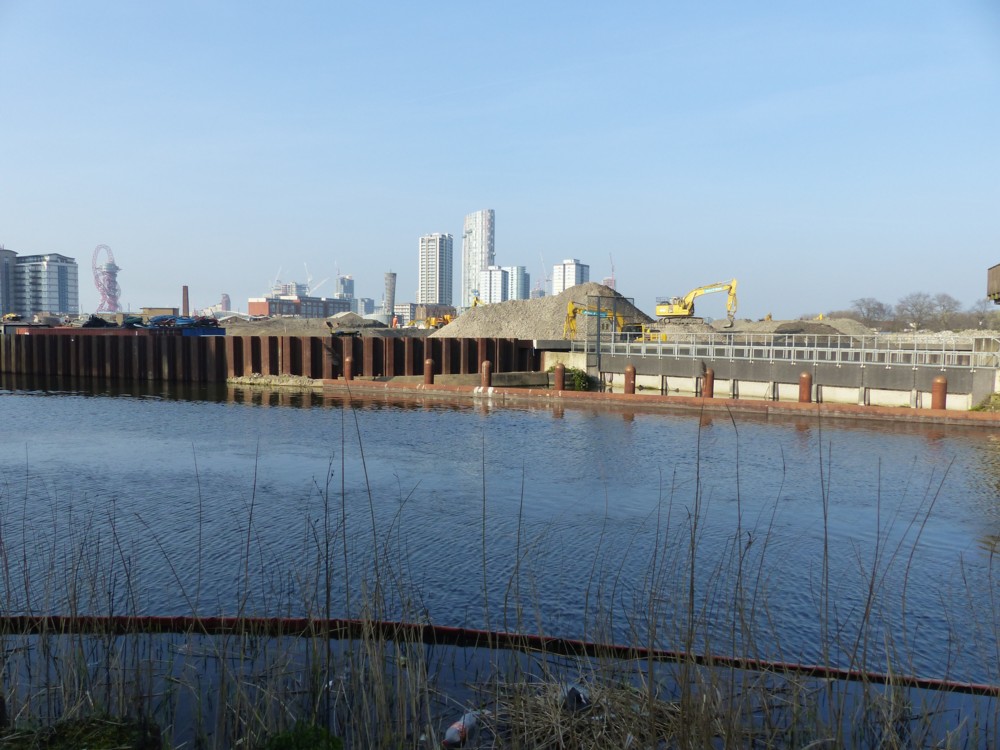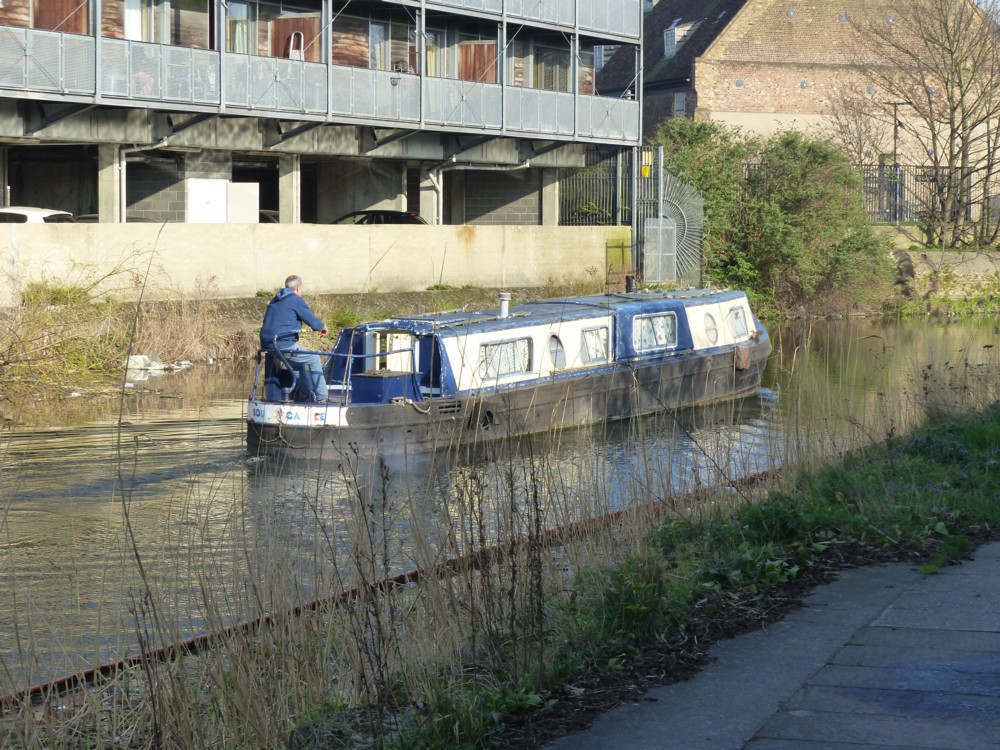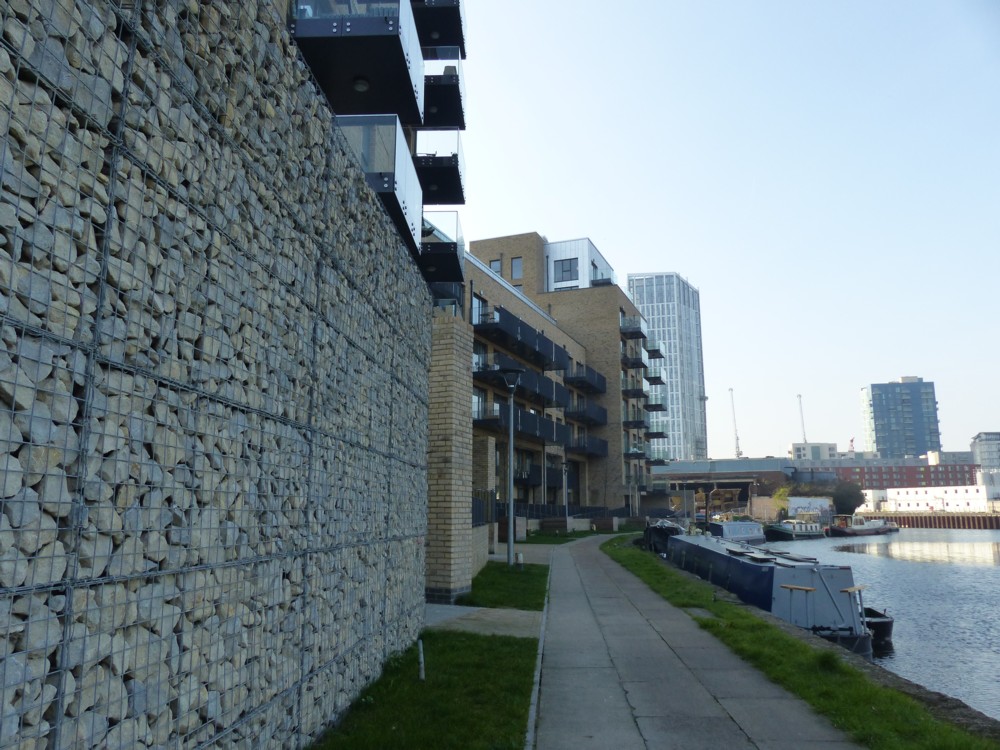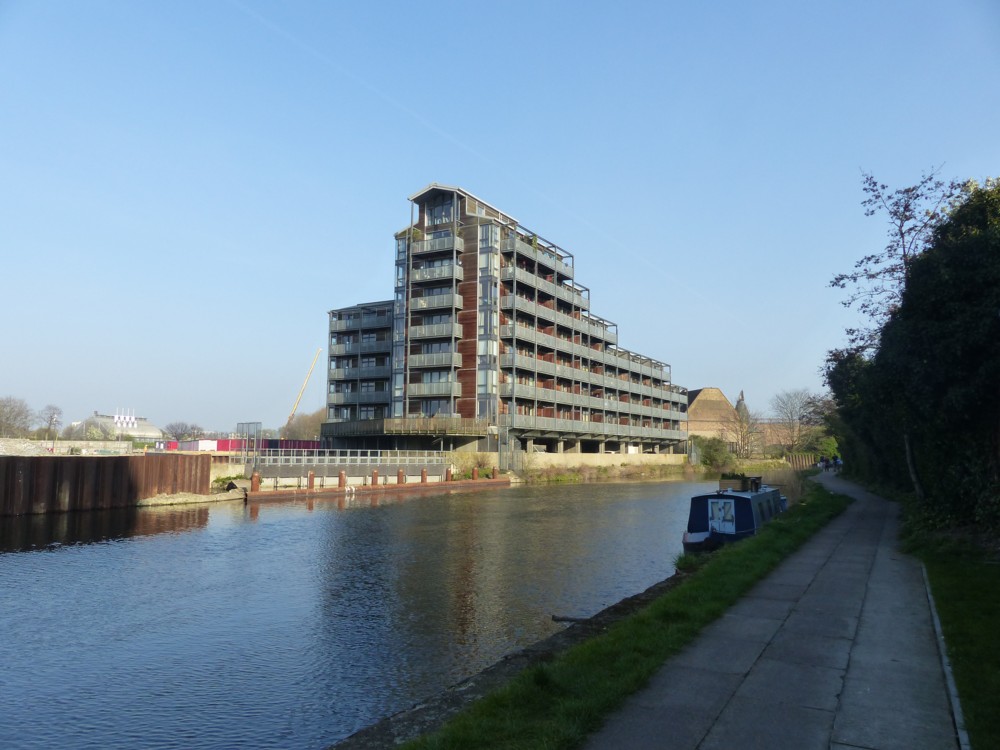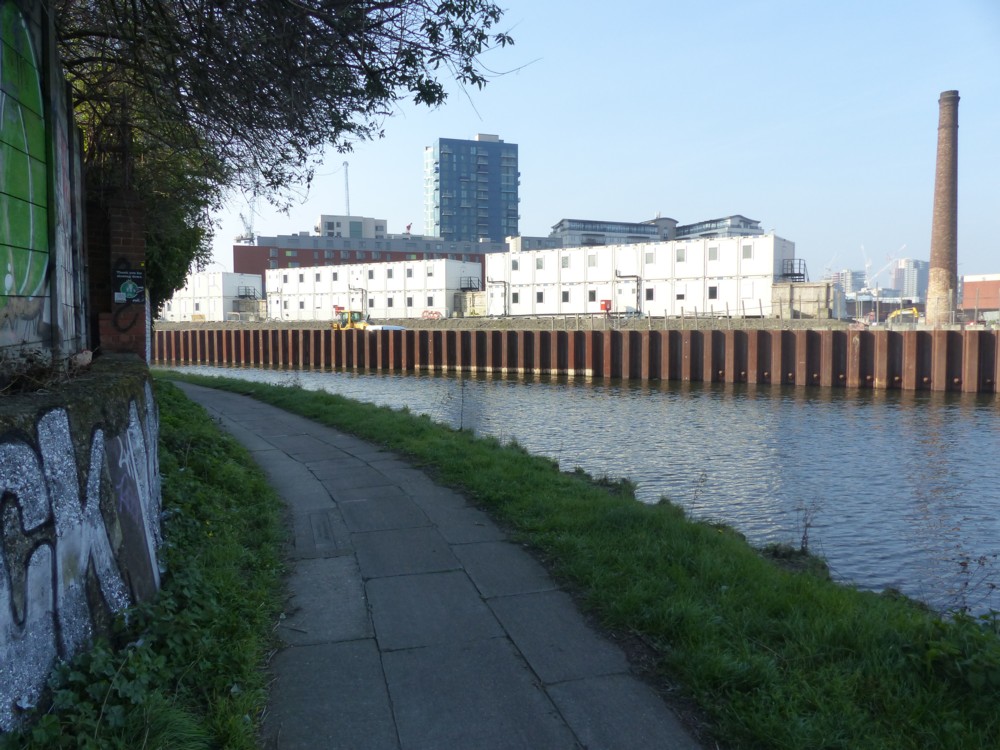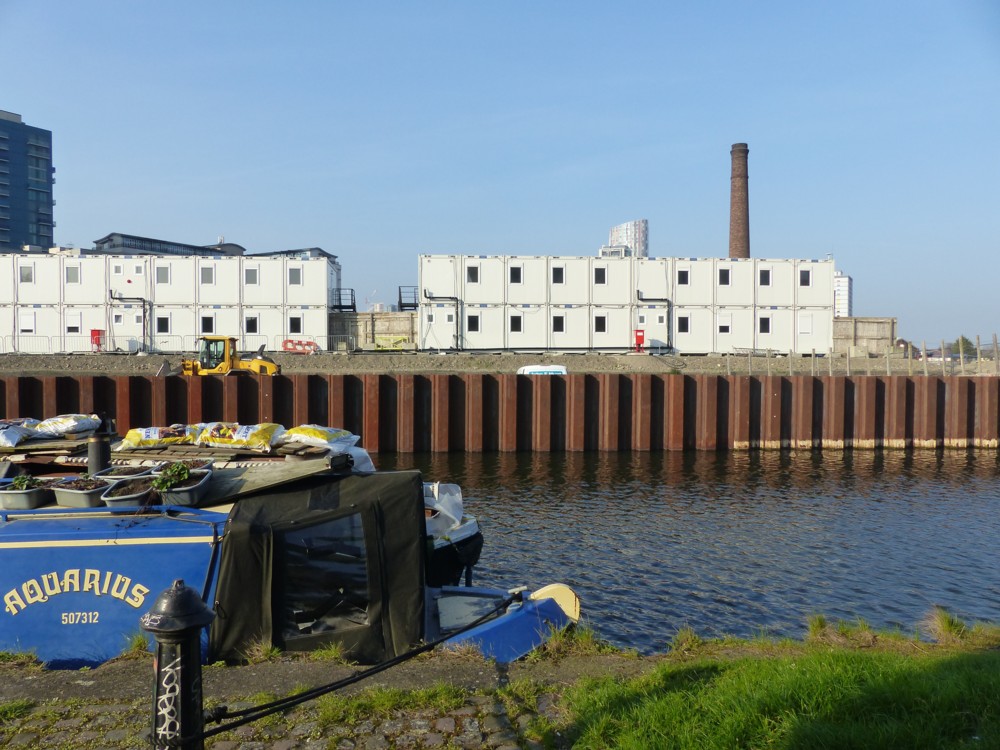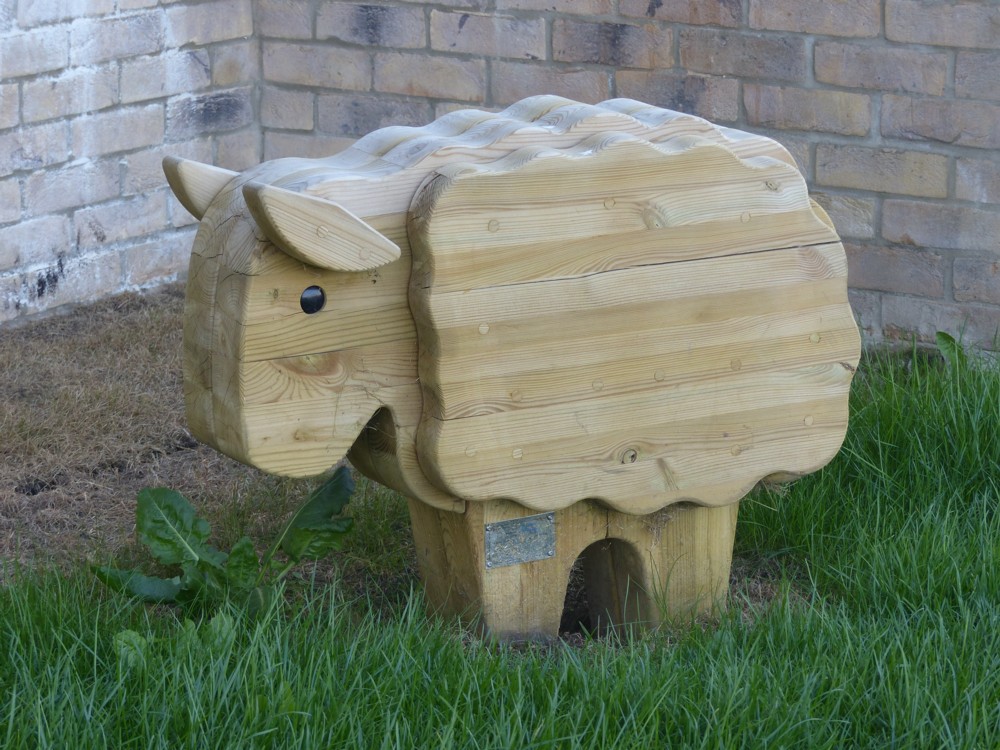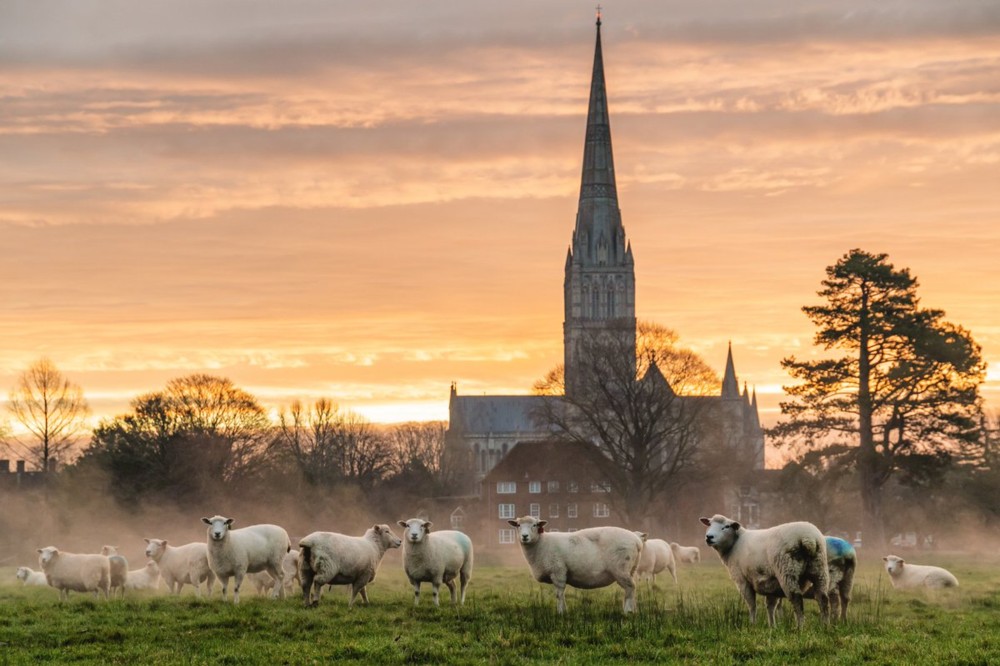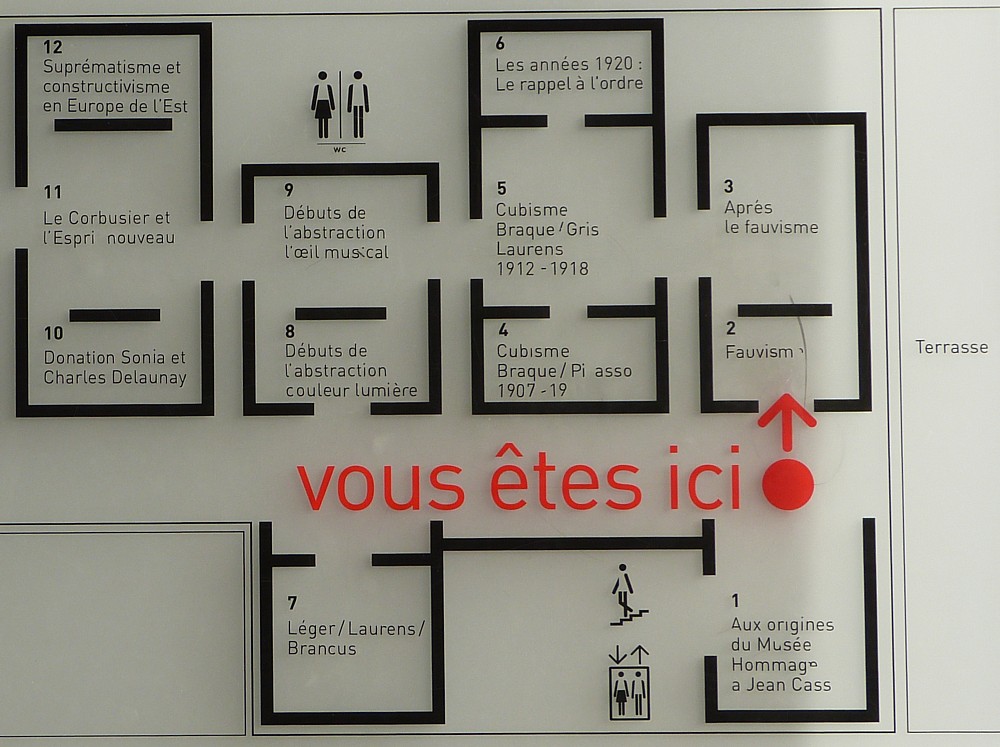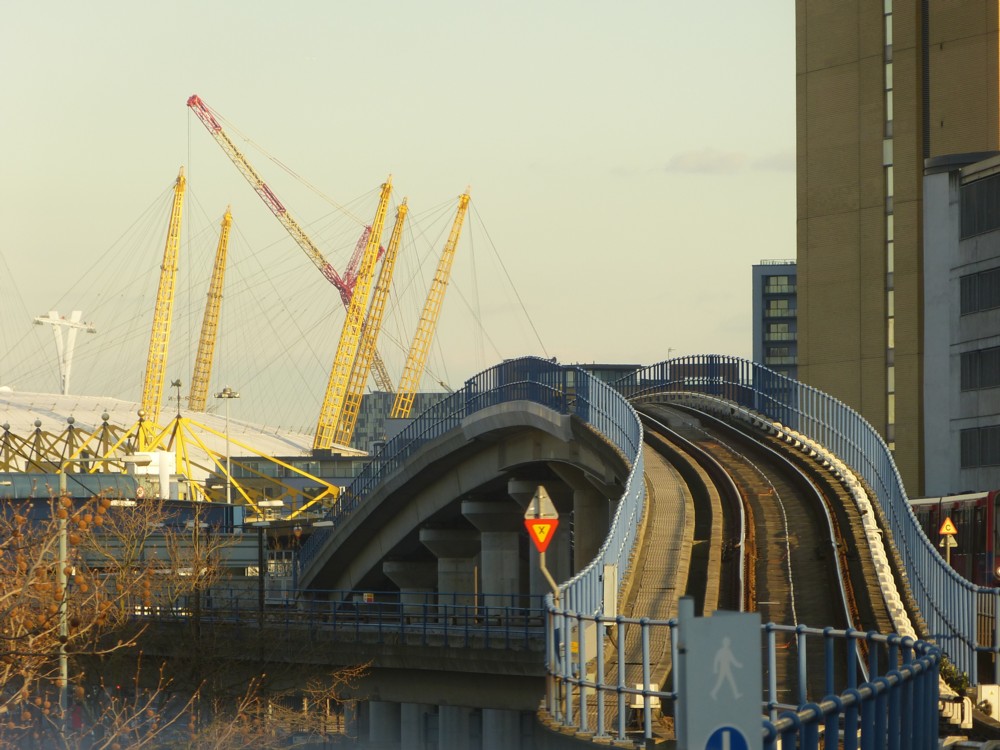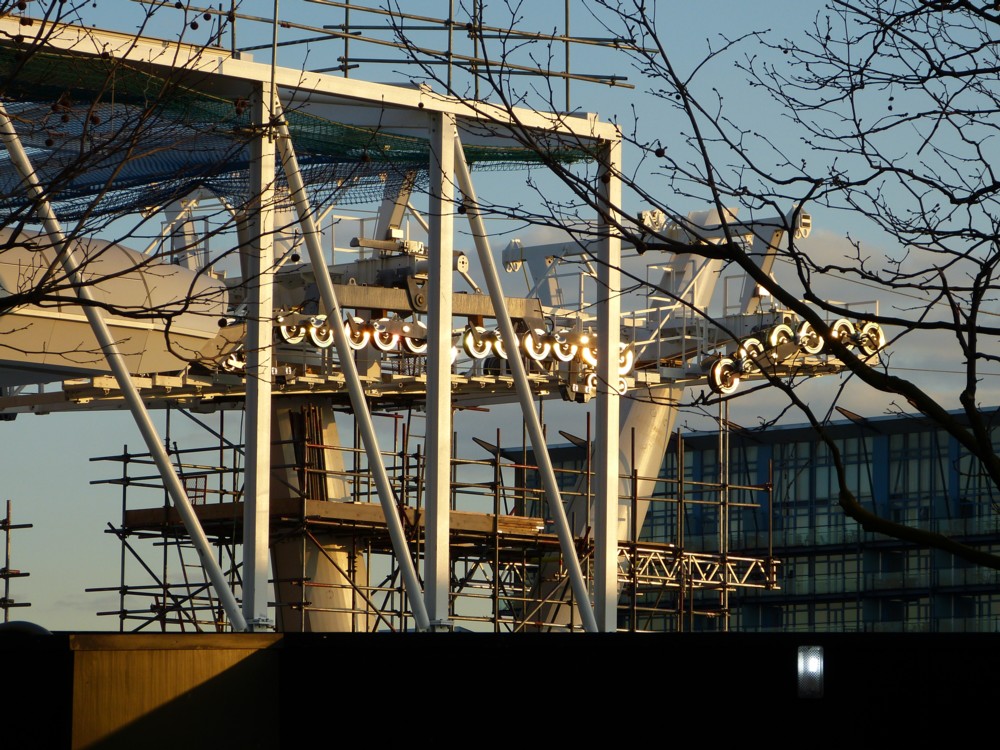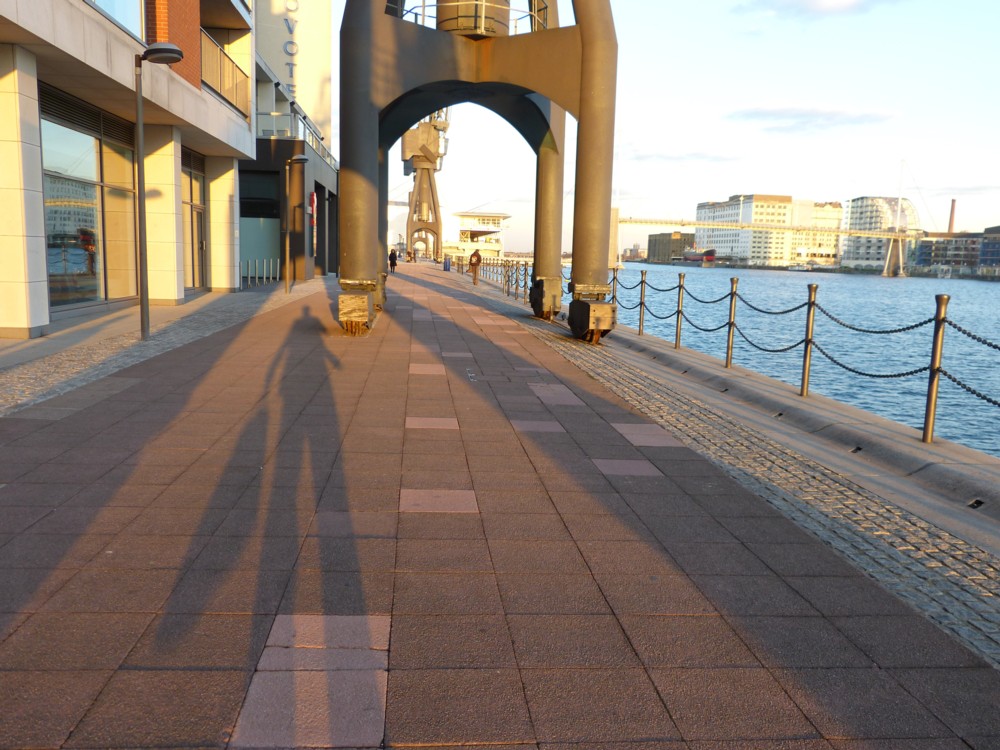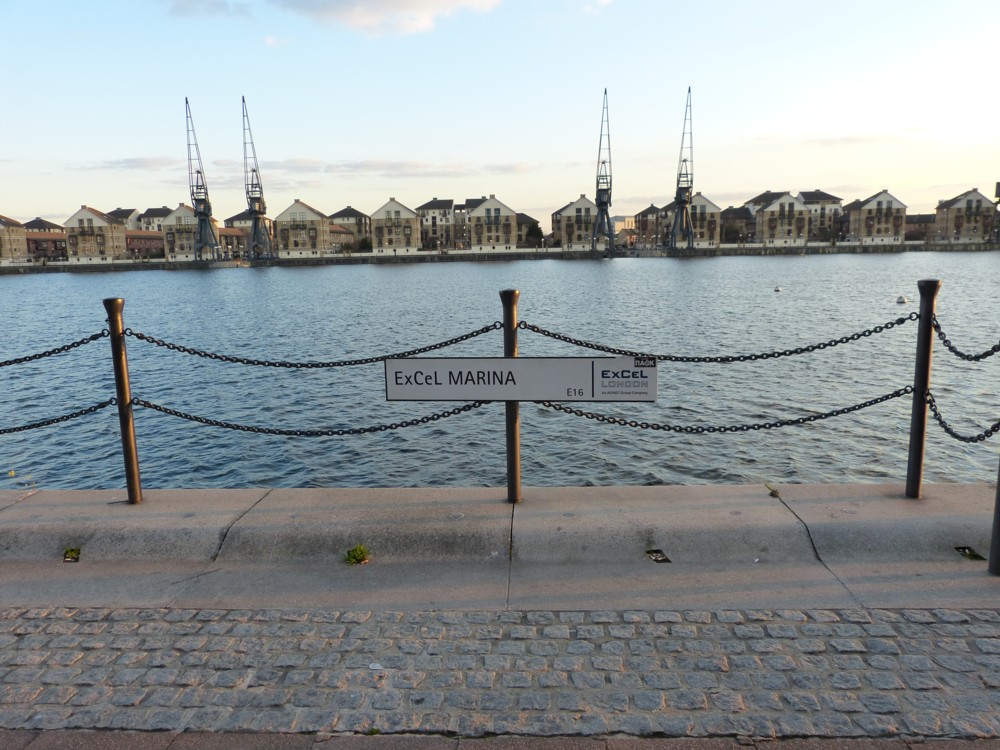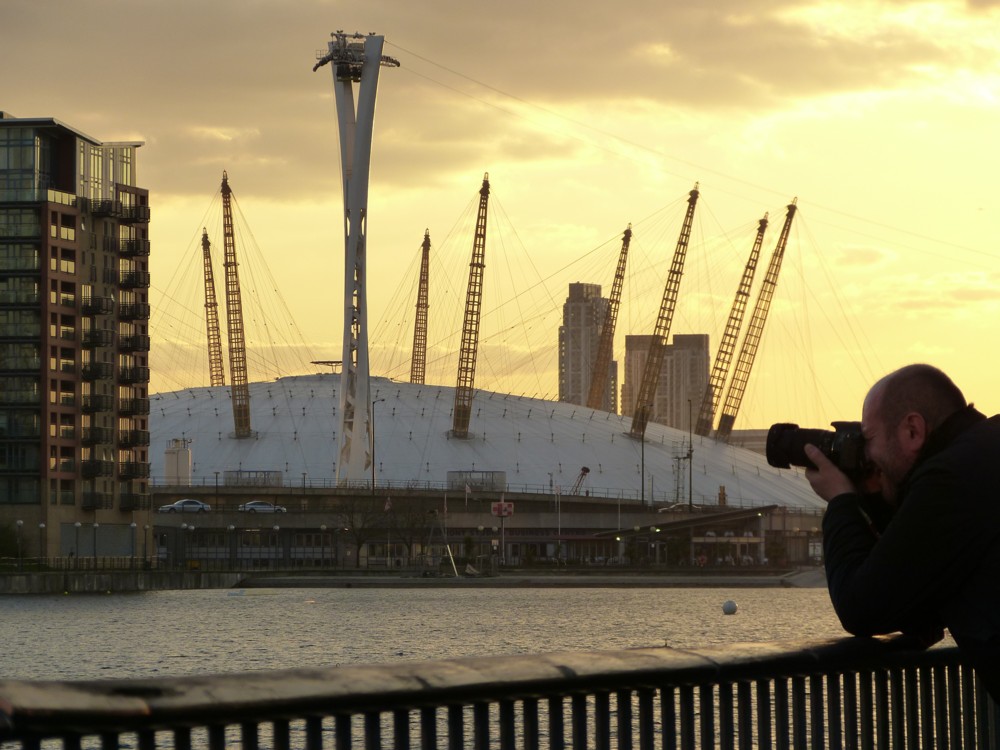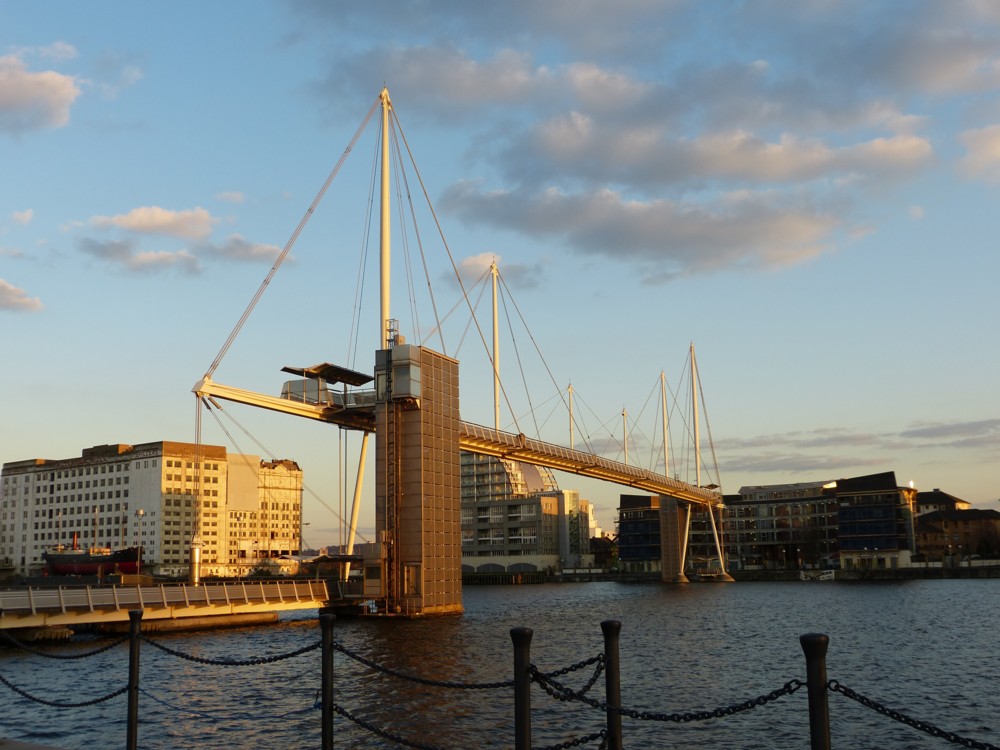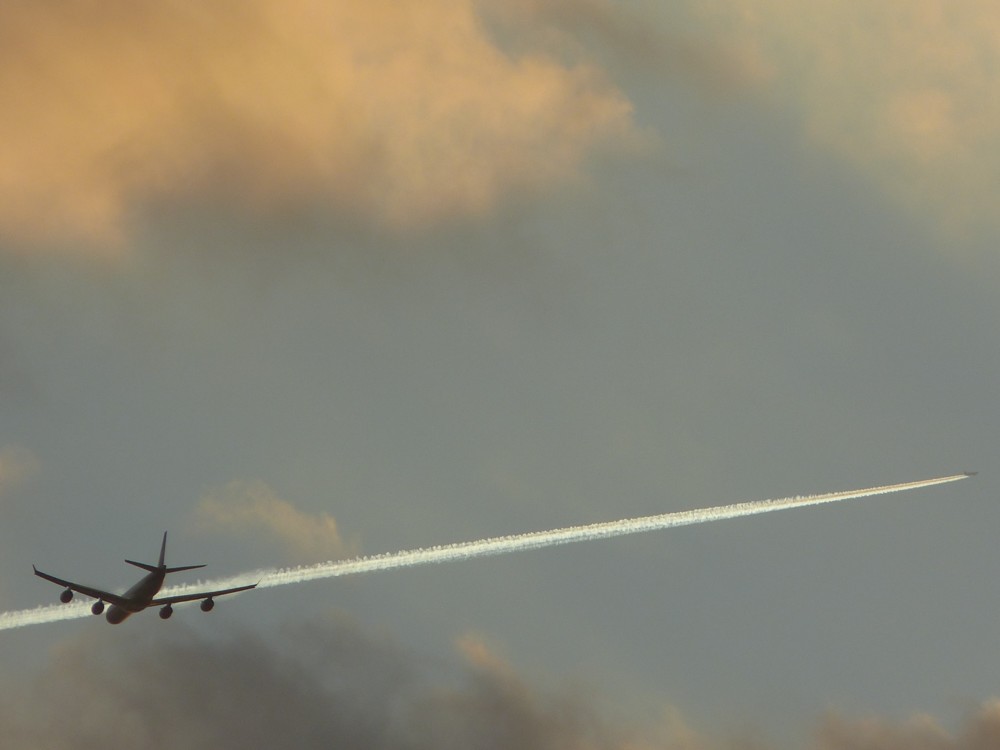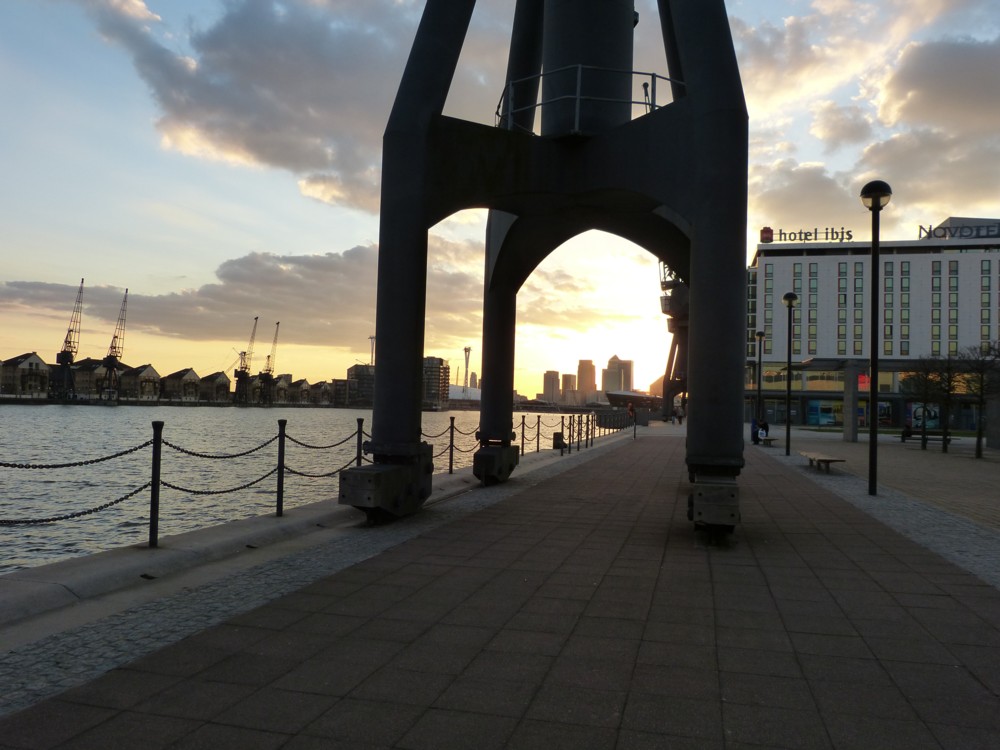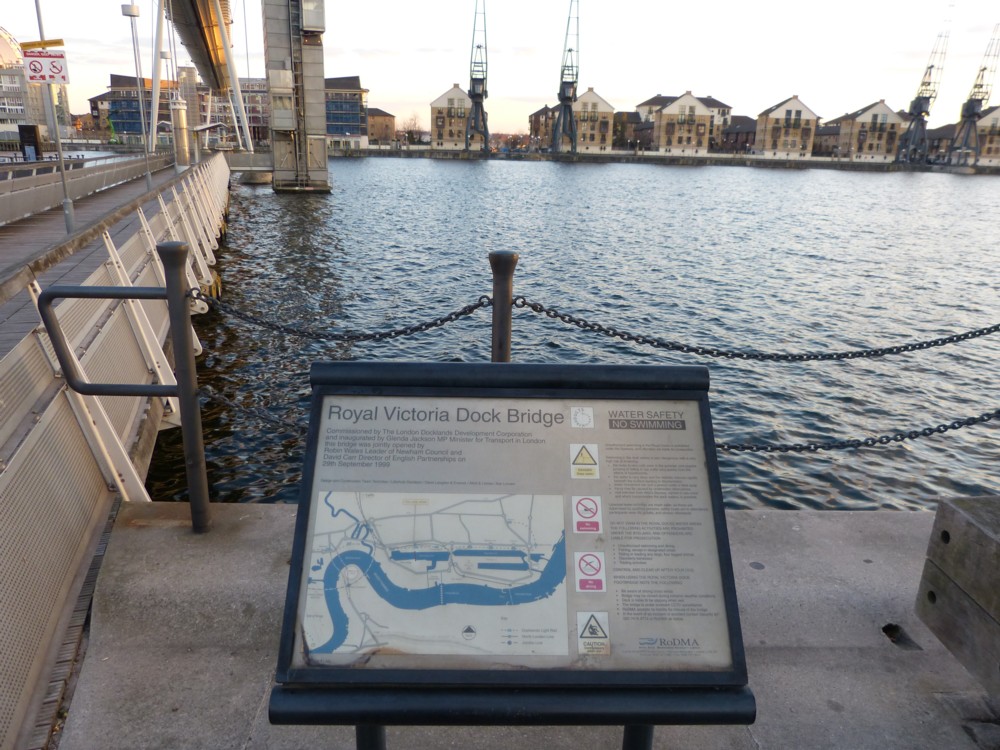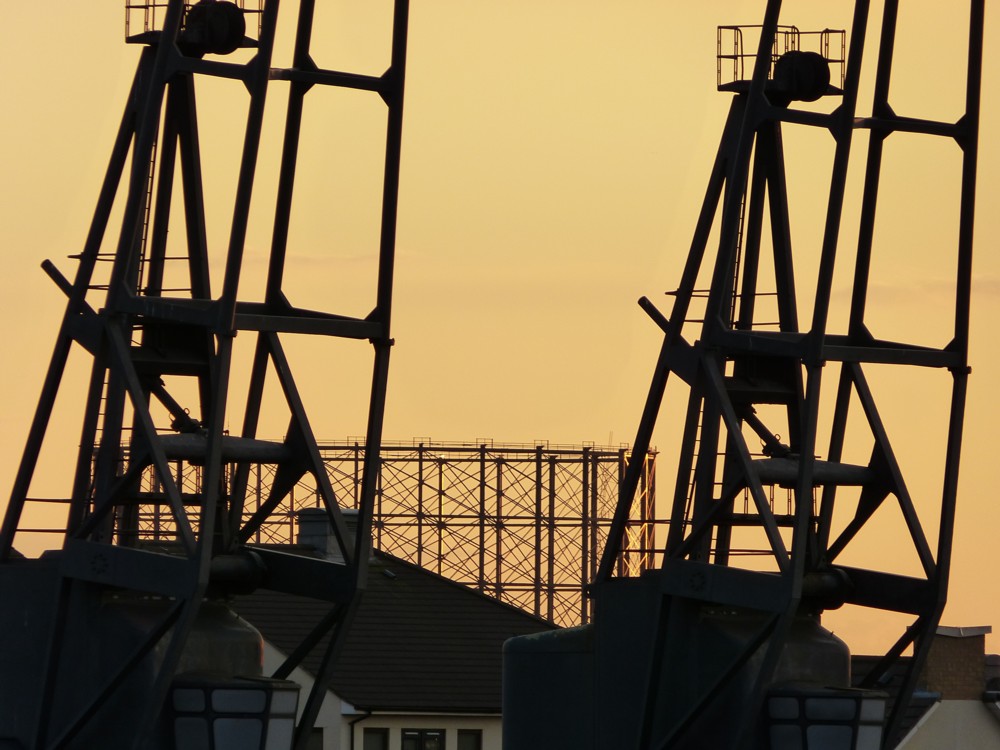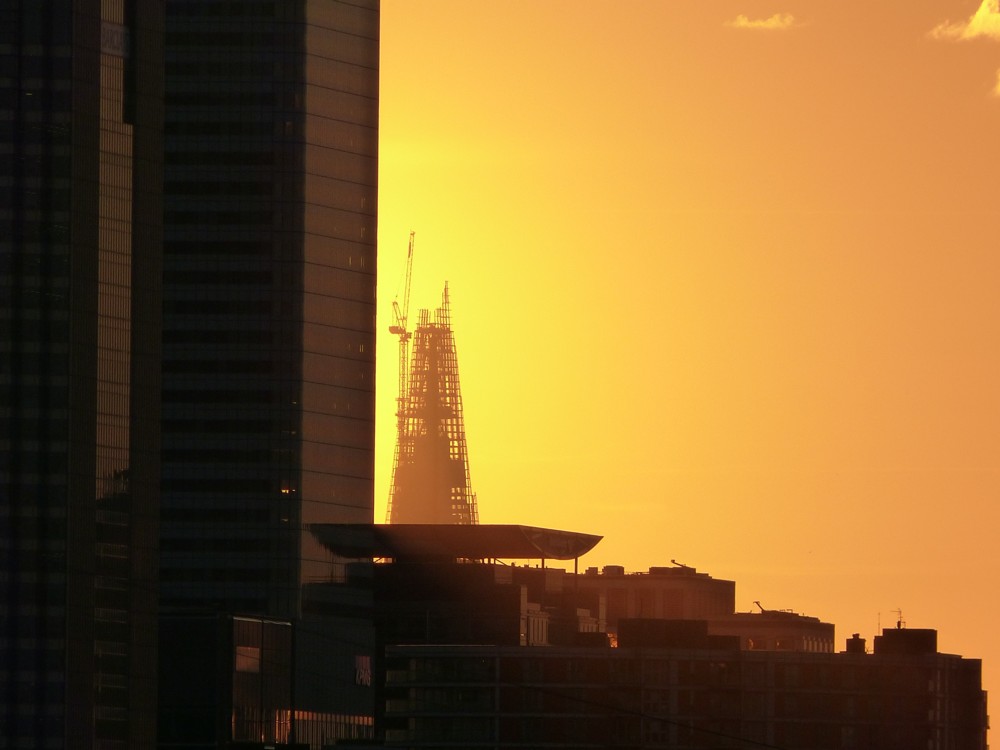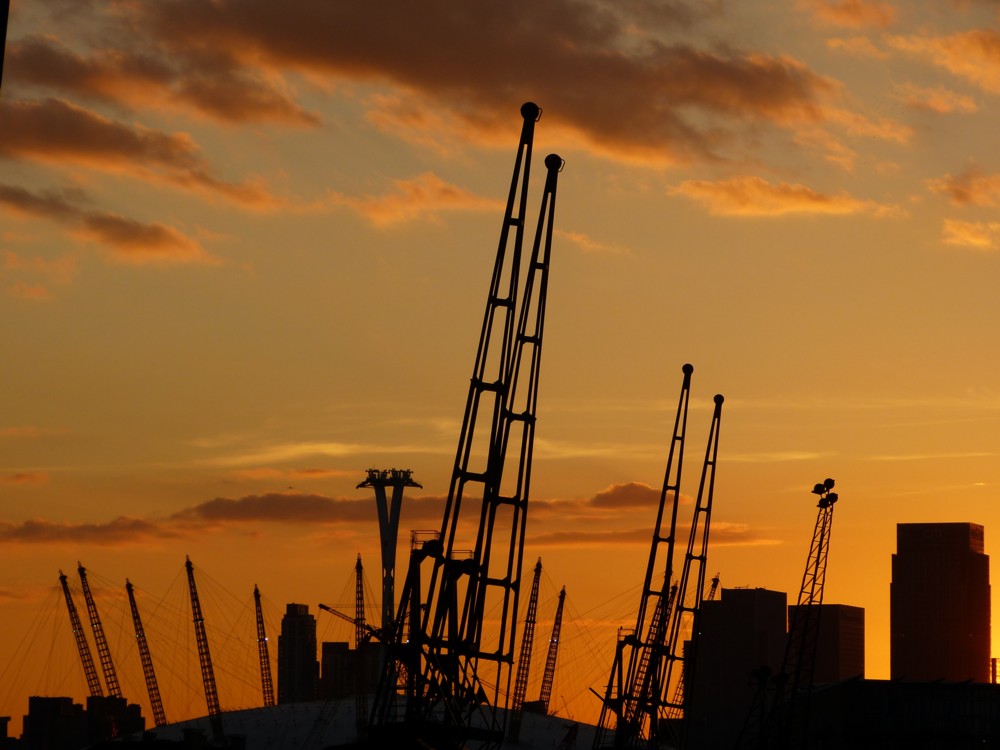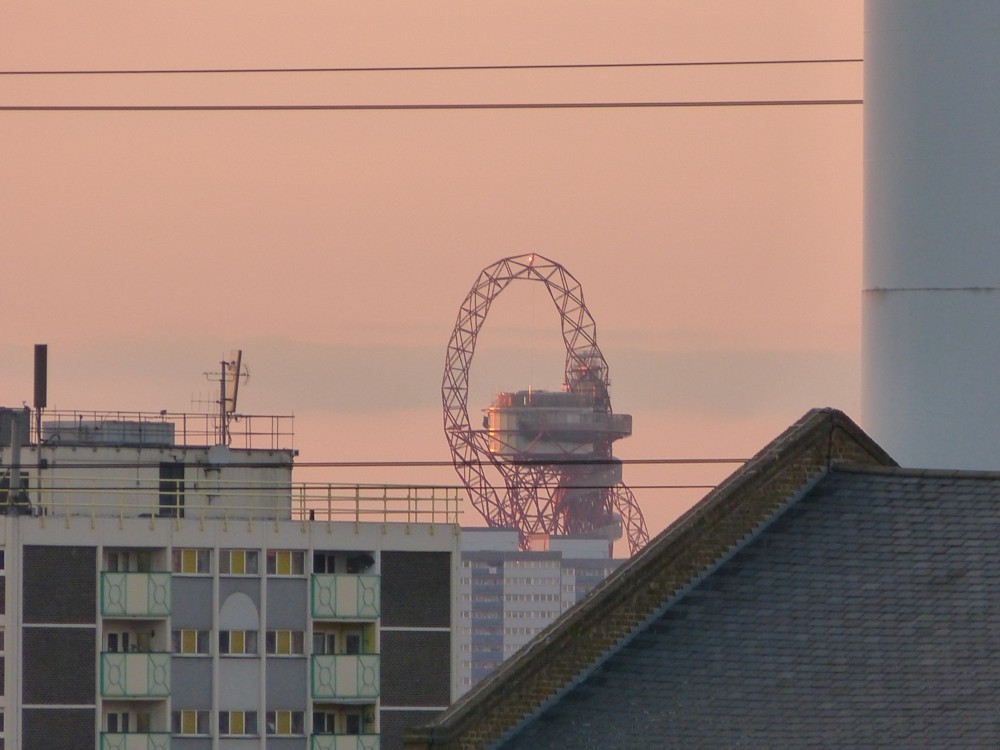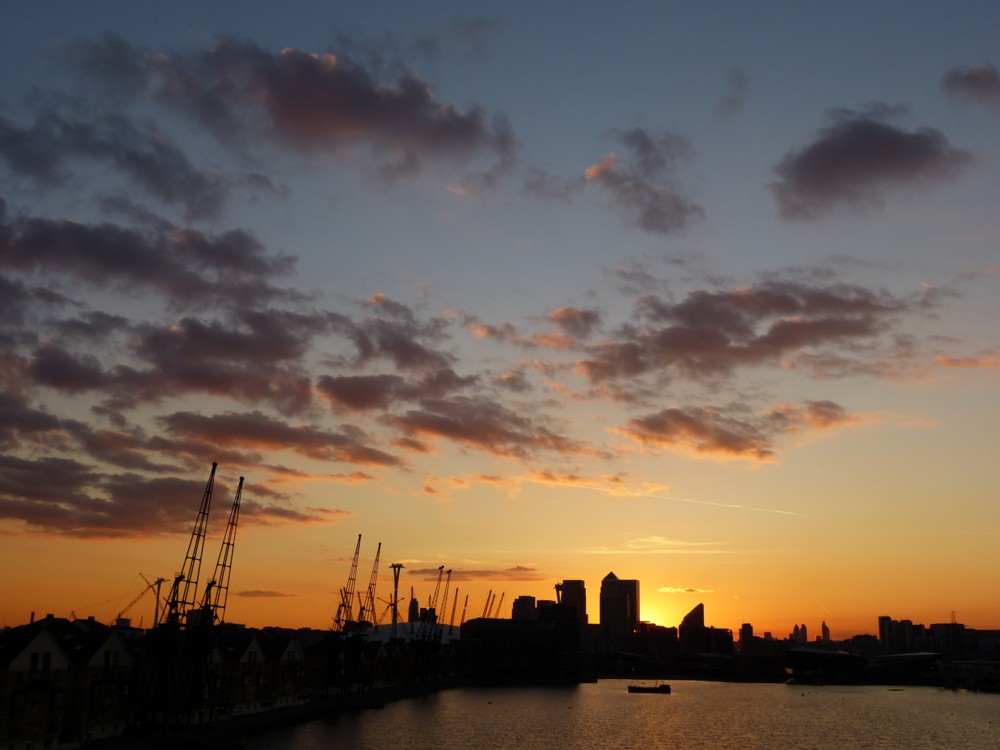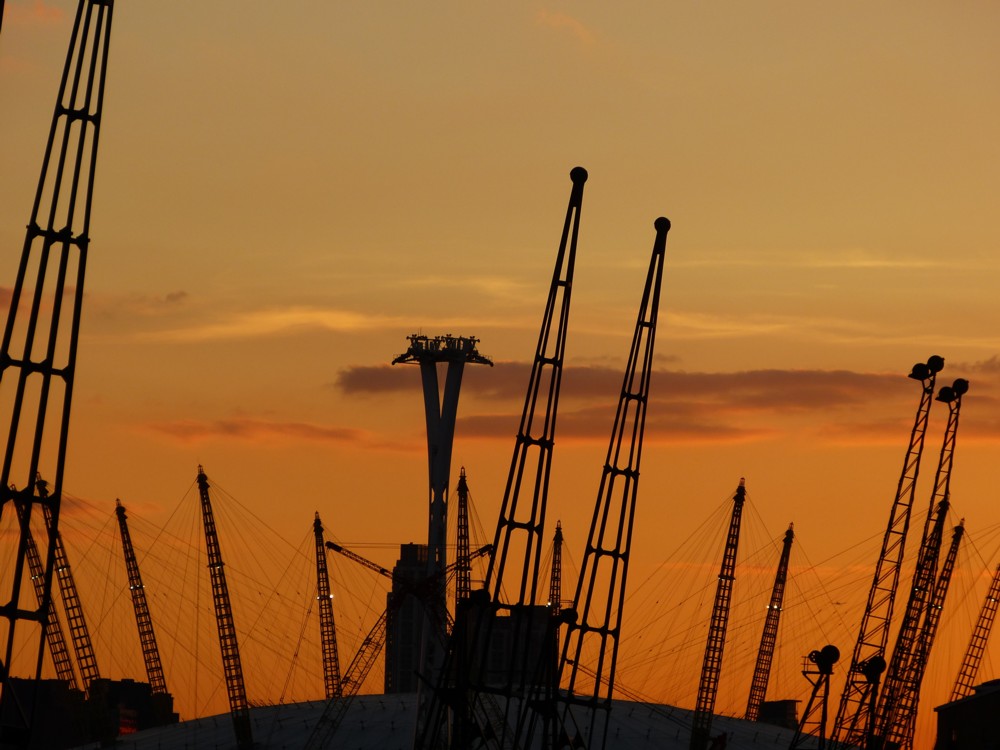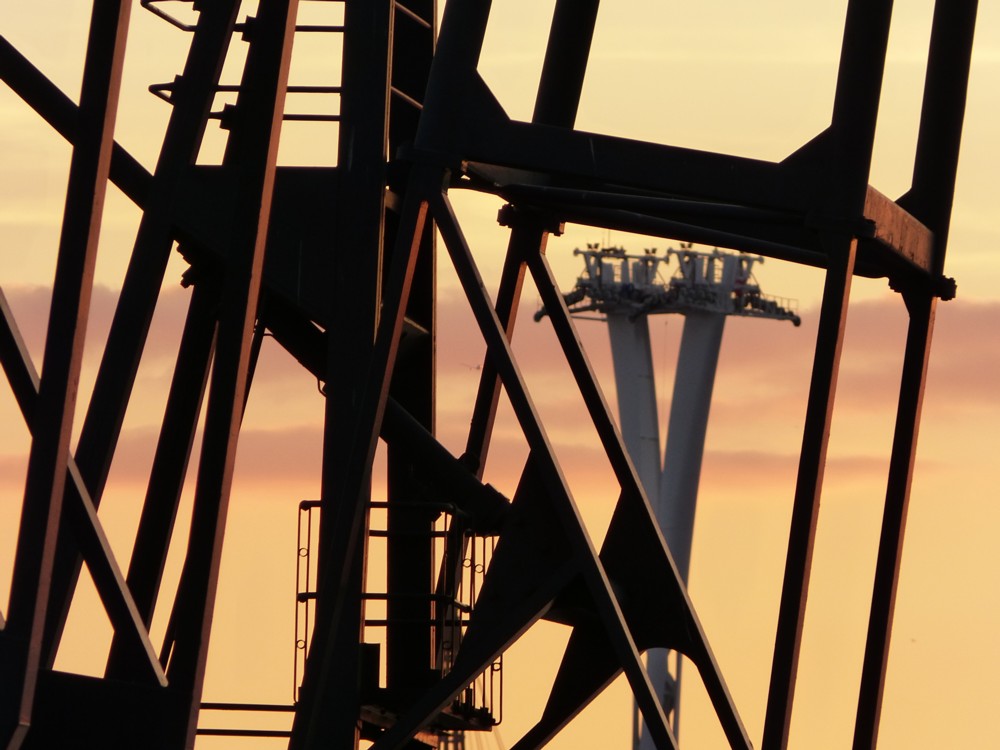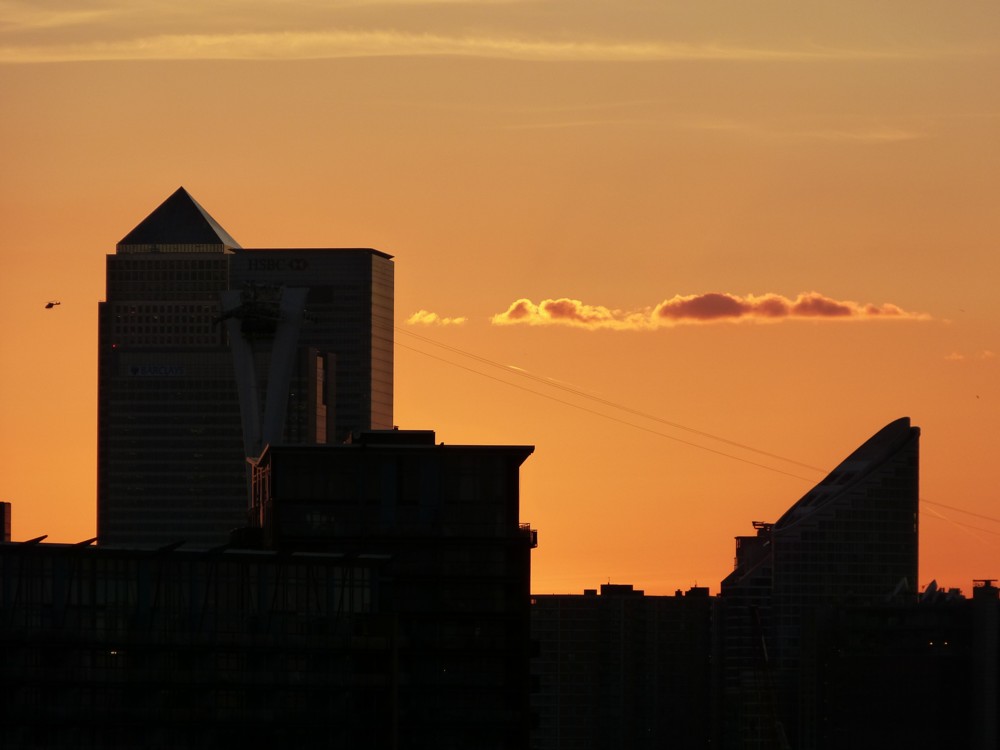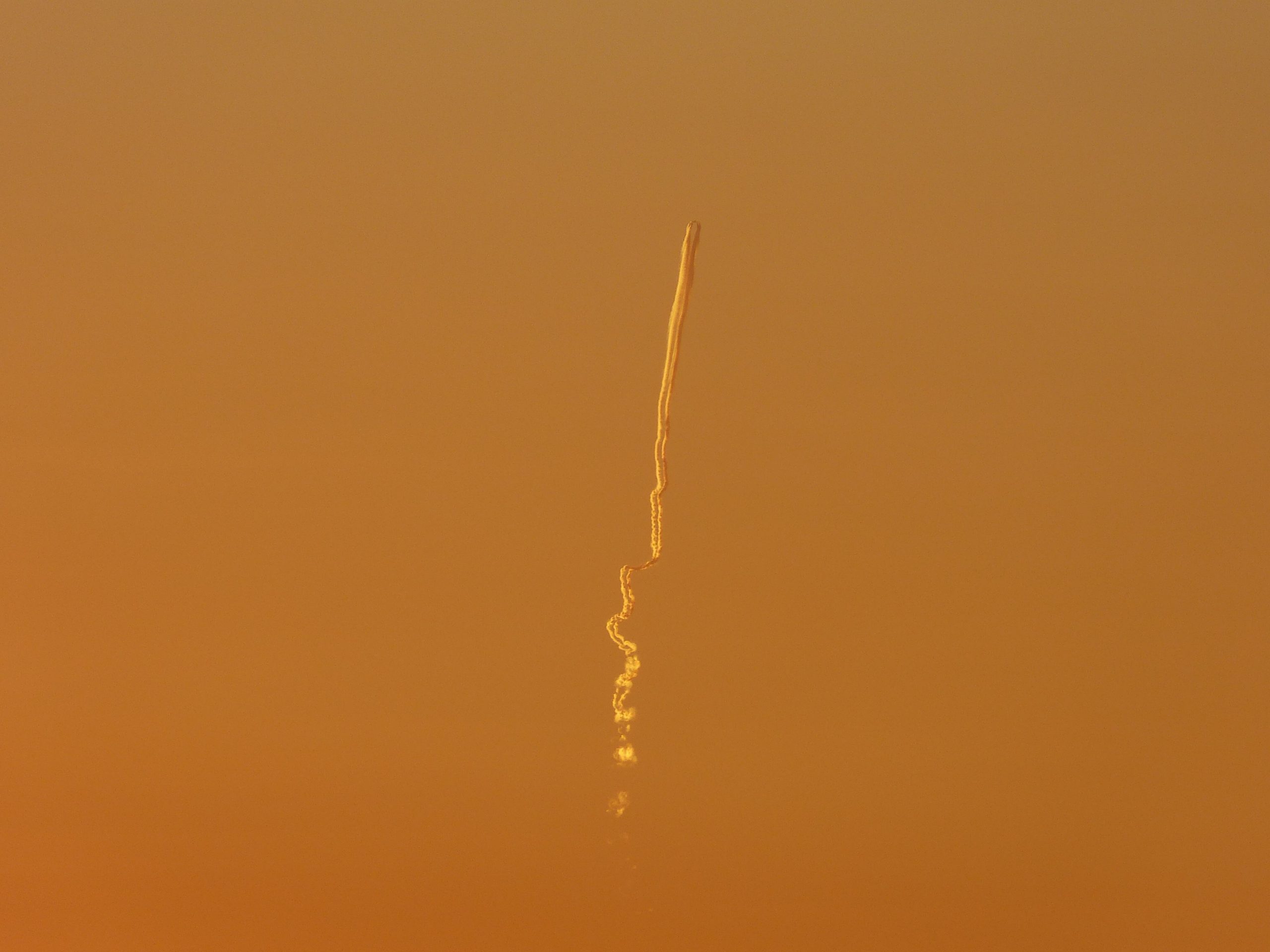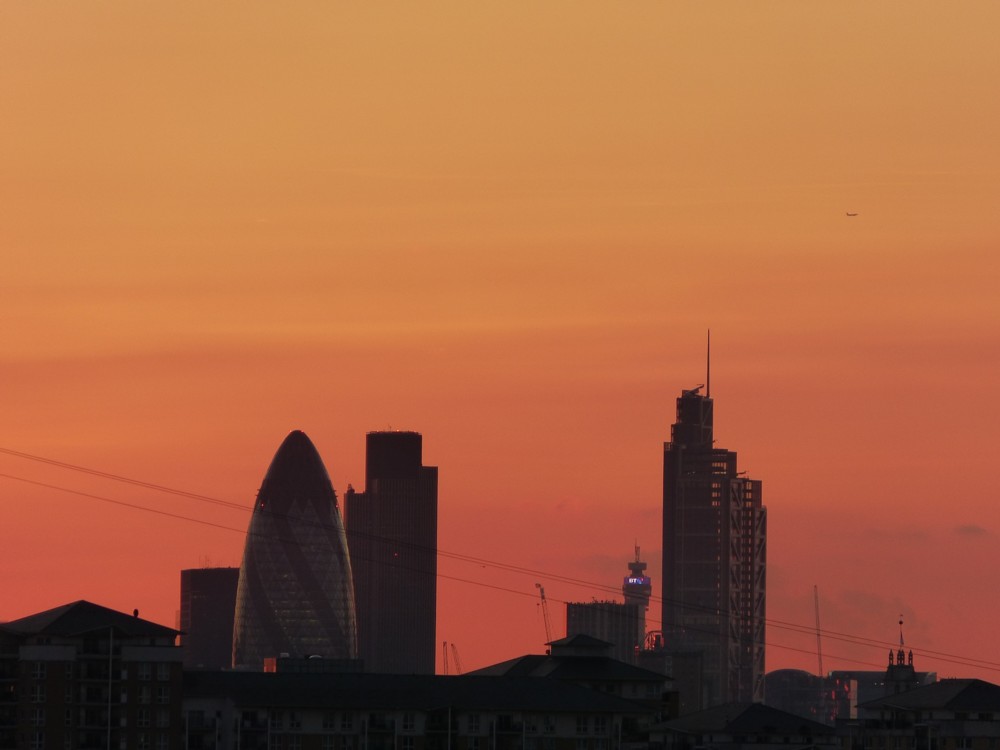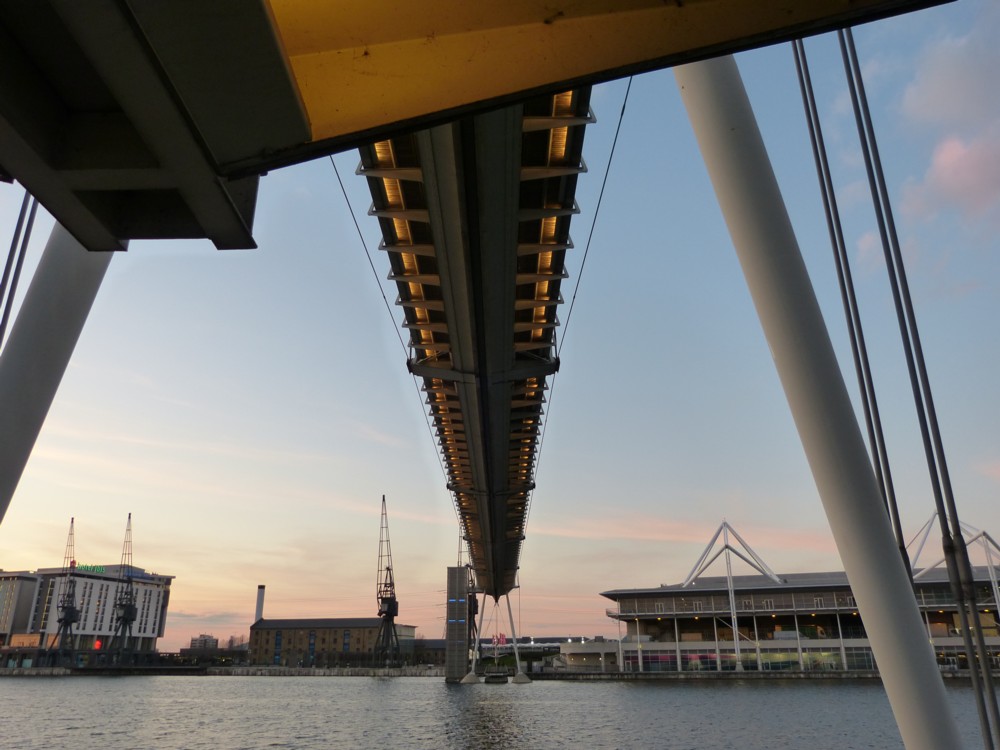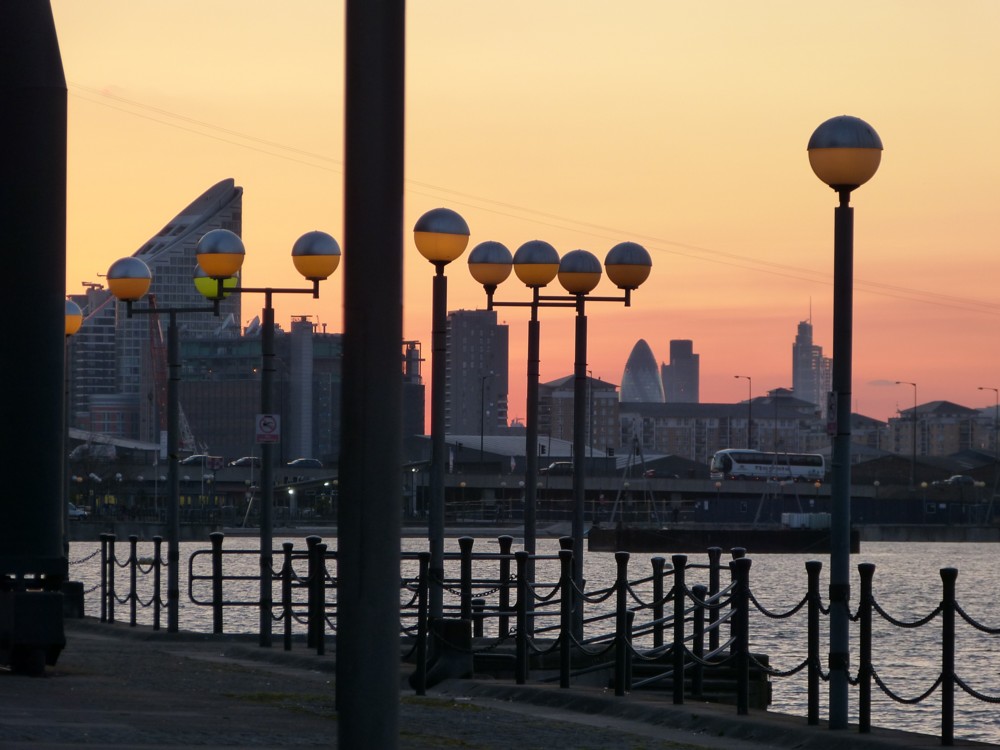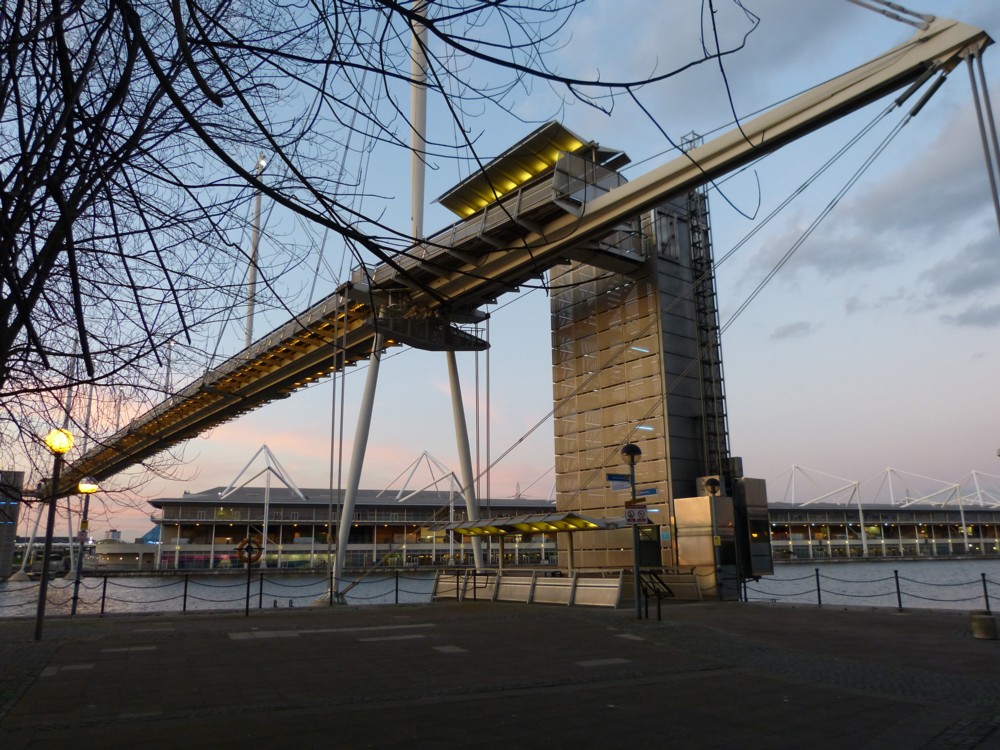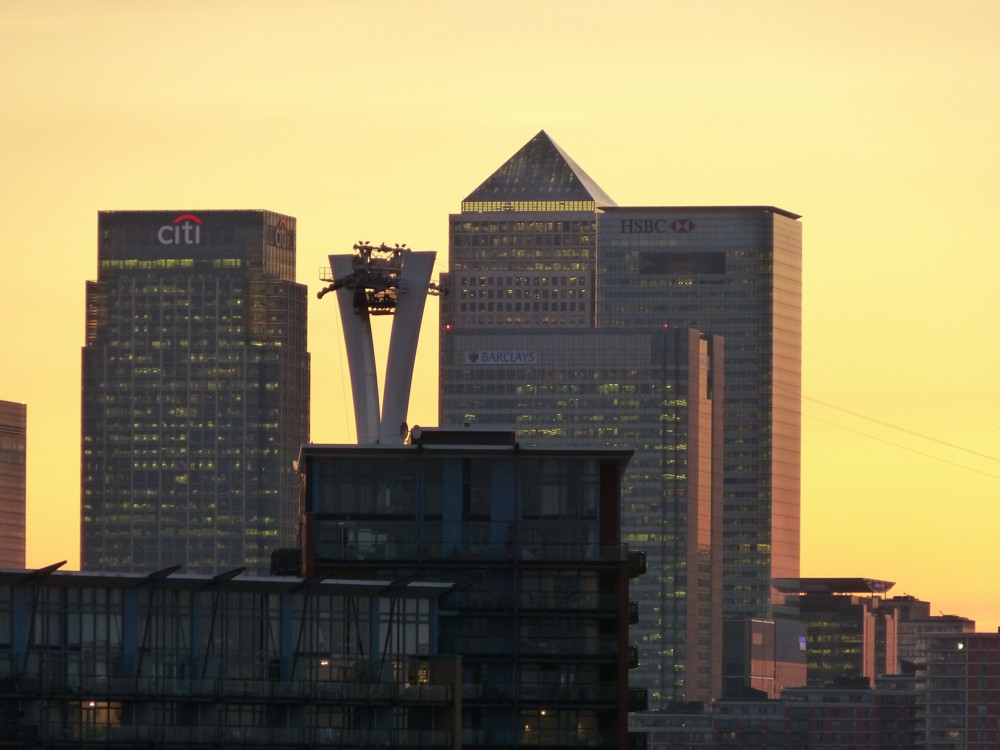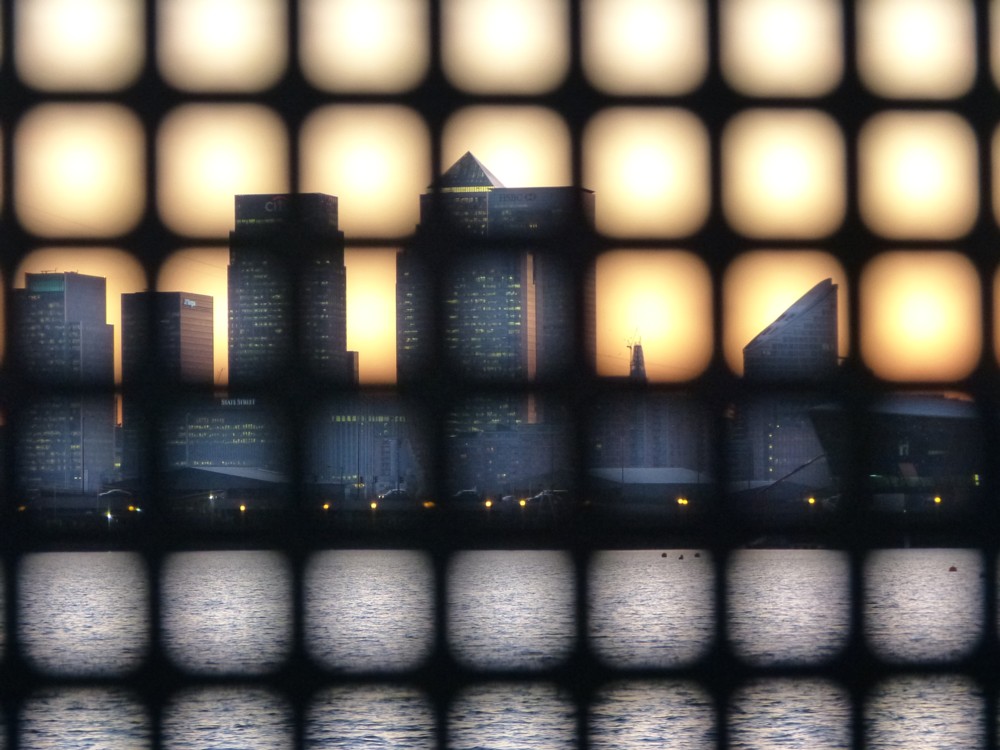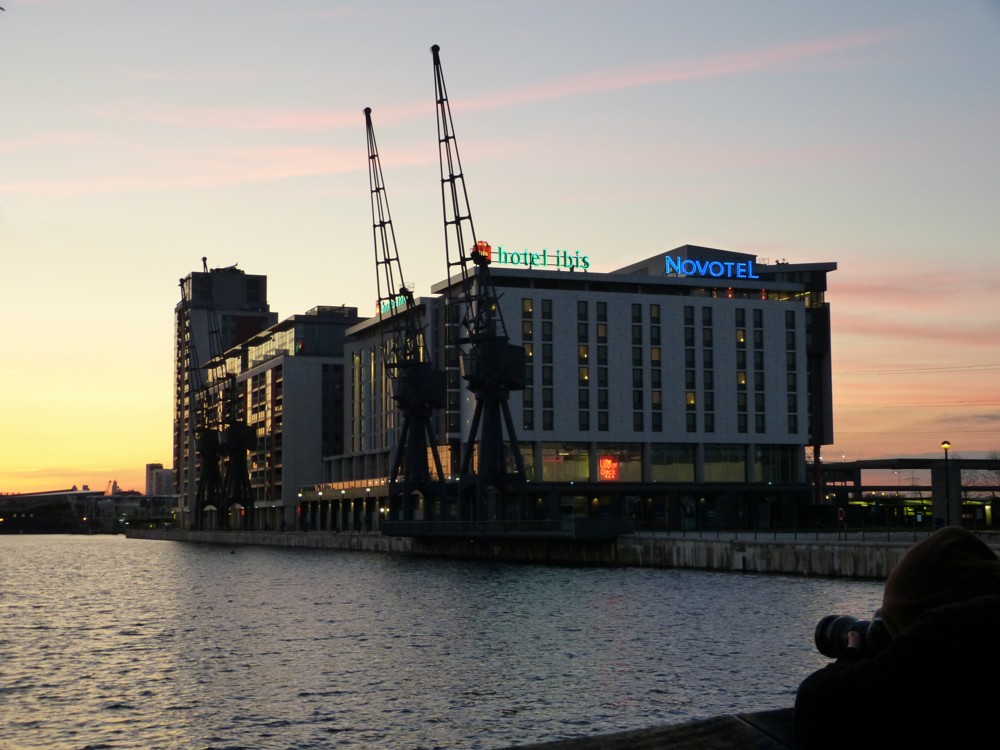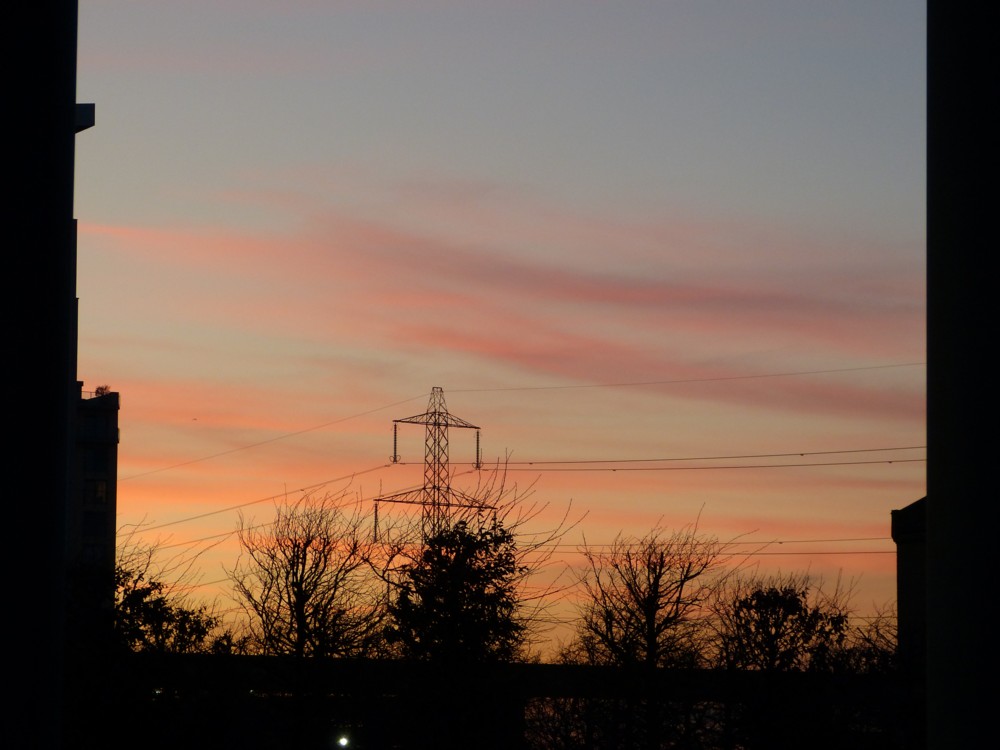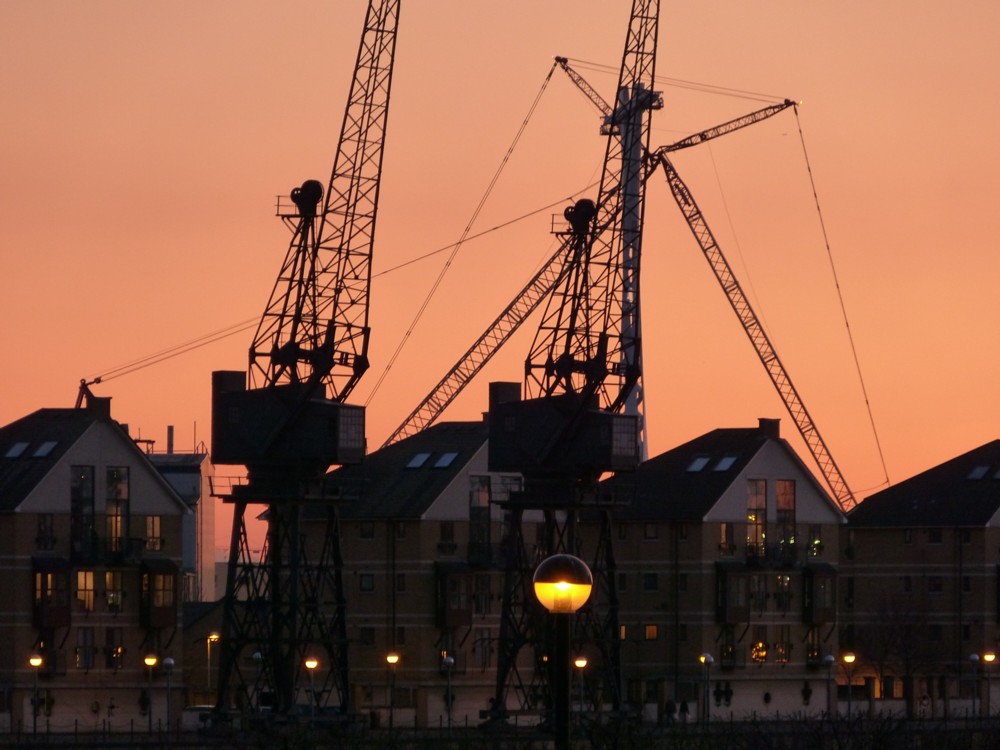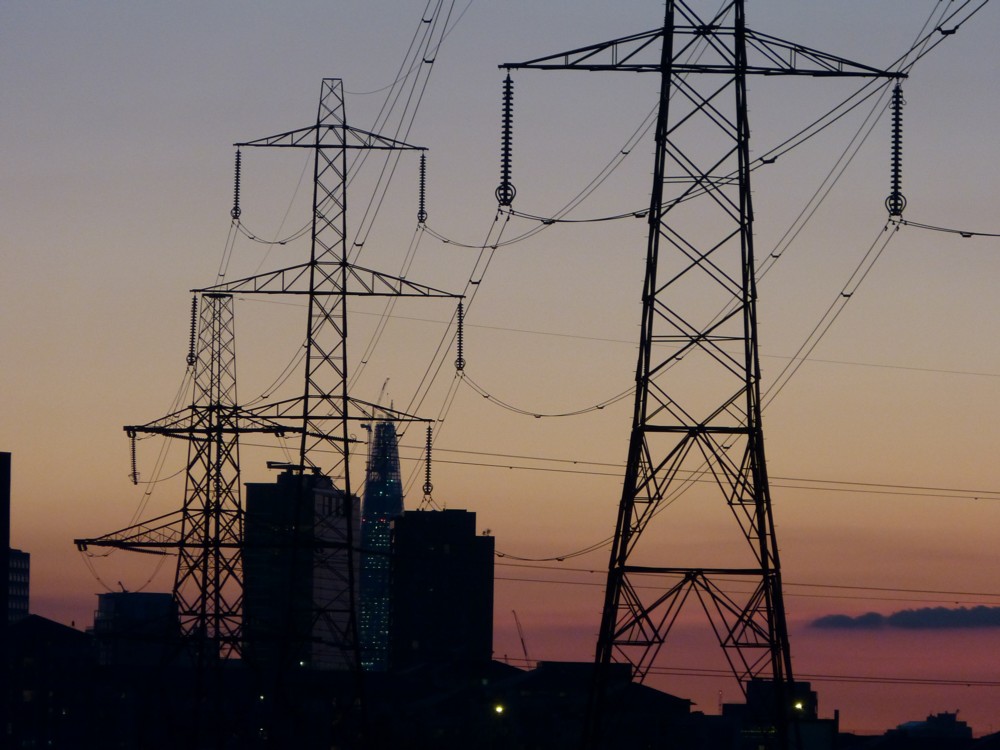The basic reason I do personal blogging has always been that I don’t want any constraints placed by some agenda, in my case a political one, on what I consider to be interesting, or beautiful, or amusing, or interesting, or just likeable in some indefinable way. The rule I try to stick to is: Never, if I actually do not, say what I think or feel that I am supposed to think or feel. If that results in “contradictions” between things I consider of interest, so be it.
All of which is a preamble to saying that I hope I never stop doing postings like this one, with photos like this:
All of the above photos were photoed in March of 2012, on the way to (photo 1), on the way from (photo 28), or at or from (photos 2-27) the Royal Victoria Docks, which are out beyond Docklands. This evening, I came across a little directory, where I’d put them all, with something like this in mind. All the work of selecting had been done. So here they all are. And yes, you are right, I do have very conventional tastes in sunsets, with interesting things in the foreground. But if you ever decide to dislike something you like, because other people also like it, more fool you.
I love how shoving up great clutches of photos like this is so much easier than it was at the old blog, and that it is easy for you to click through them, if you want to, just as slowly or as quickly as you like, without a lot of backwards-and-forwards-ing. I don’t think that’ll ever get old.
Two Big Things were, at that particular moment, under construction. They were finishing up with The Shard, and they were building that weird cable car thing across the River, having, in March 2012, got as far as building the towers but being yet to attach the cables or cable cars.
One of my favourite Things at these docks is the new footbridge they built across it. It’s great to look at, and it’s great to look from.
I really hope that by the time half decent weather returns, some time around March 2021, I’ll be in a fit state to take advantage of it, and do more of this kind of photo-perambulating.

